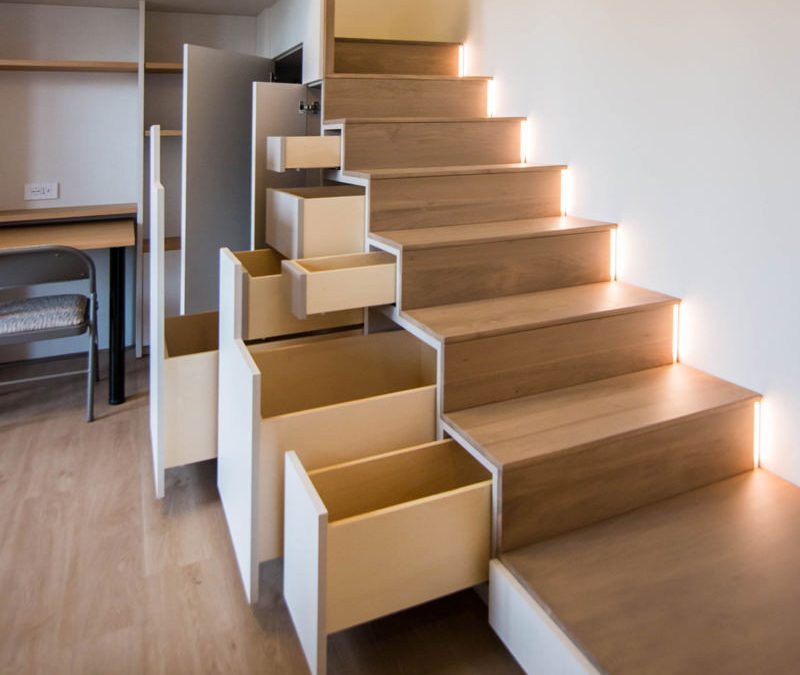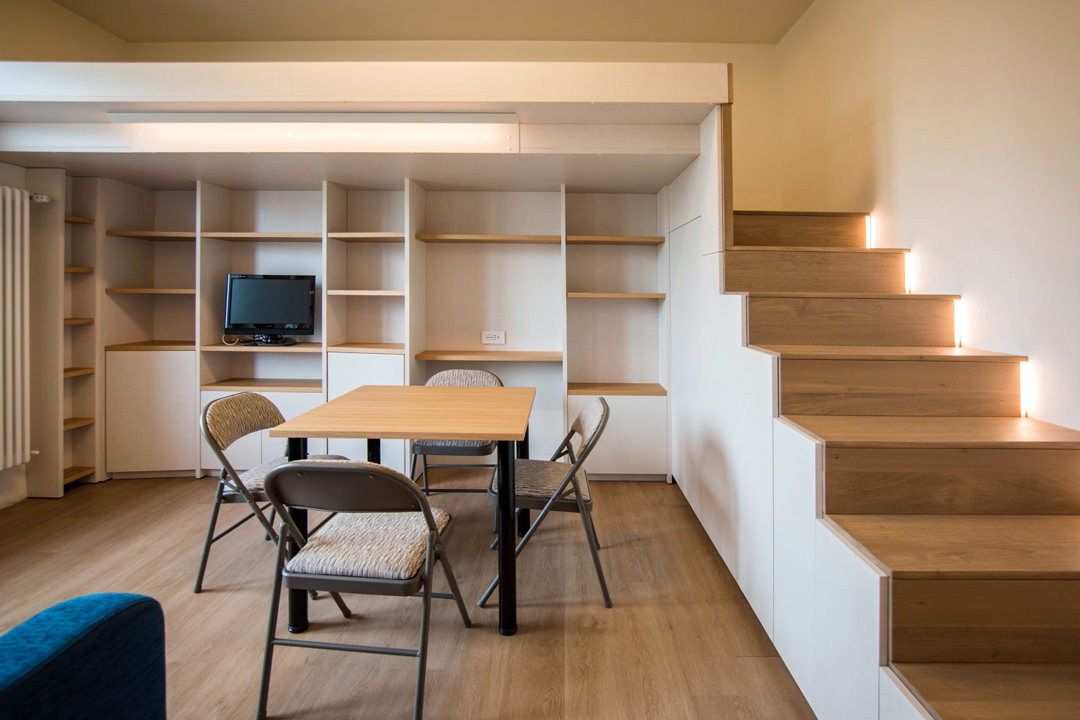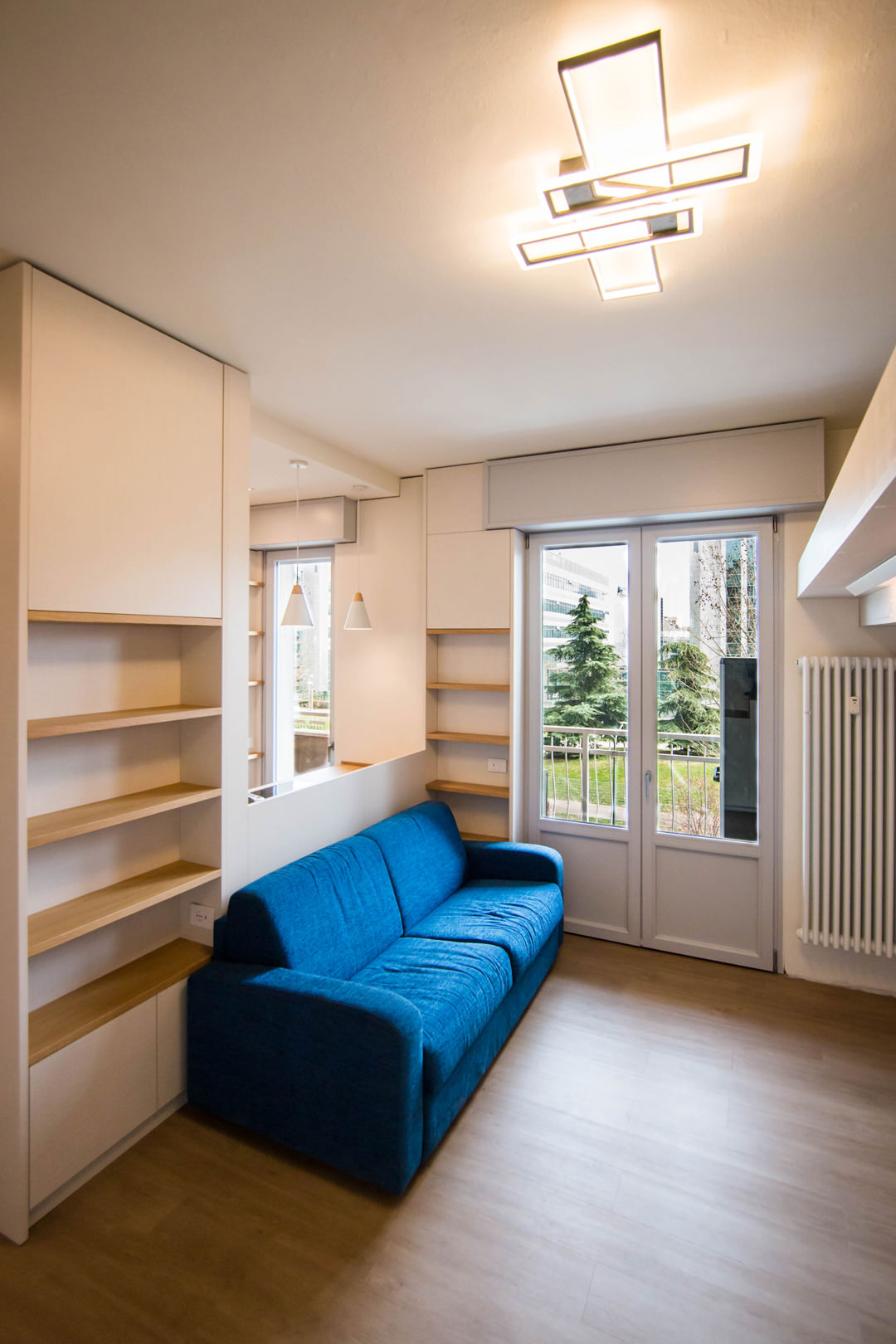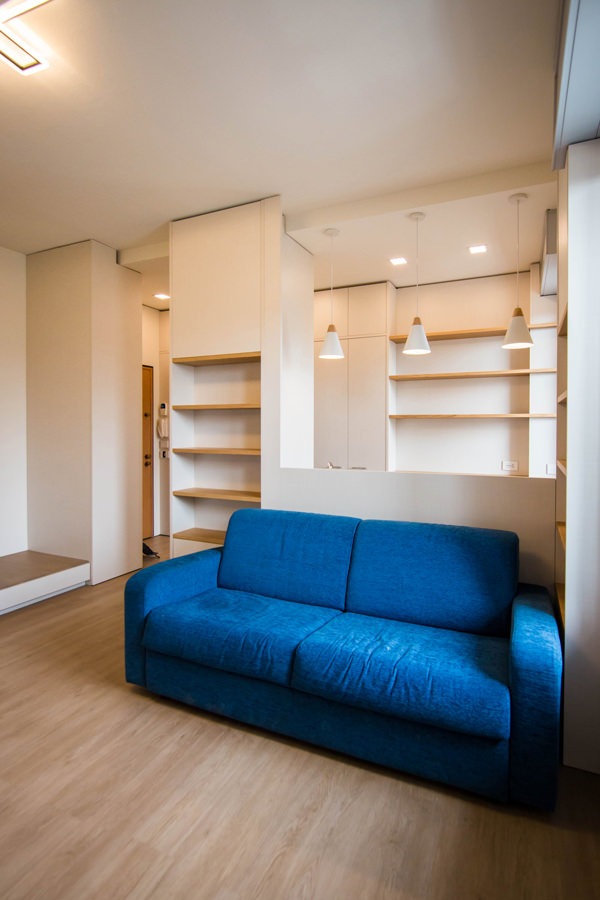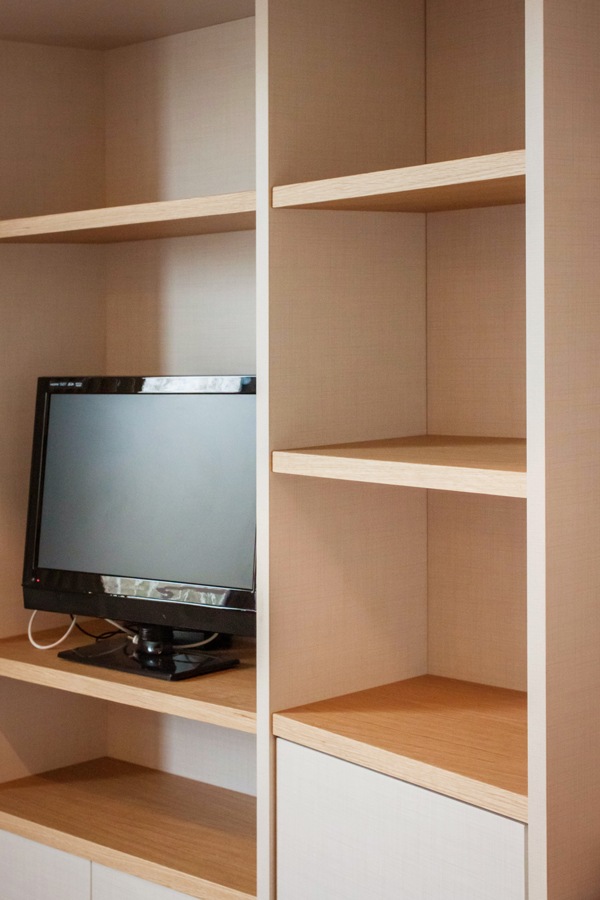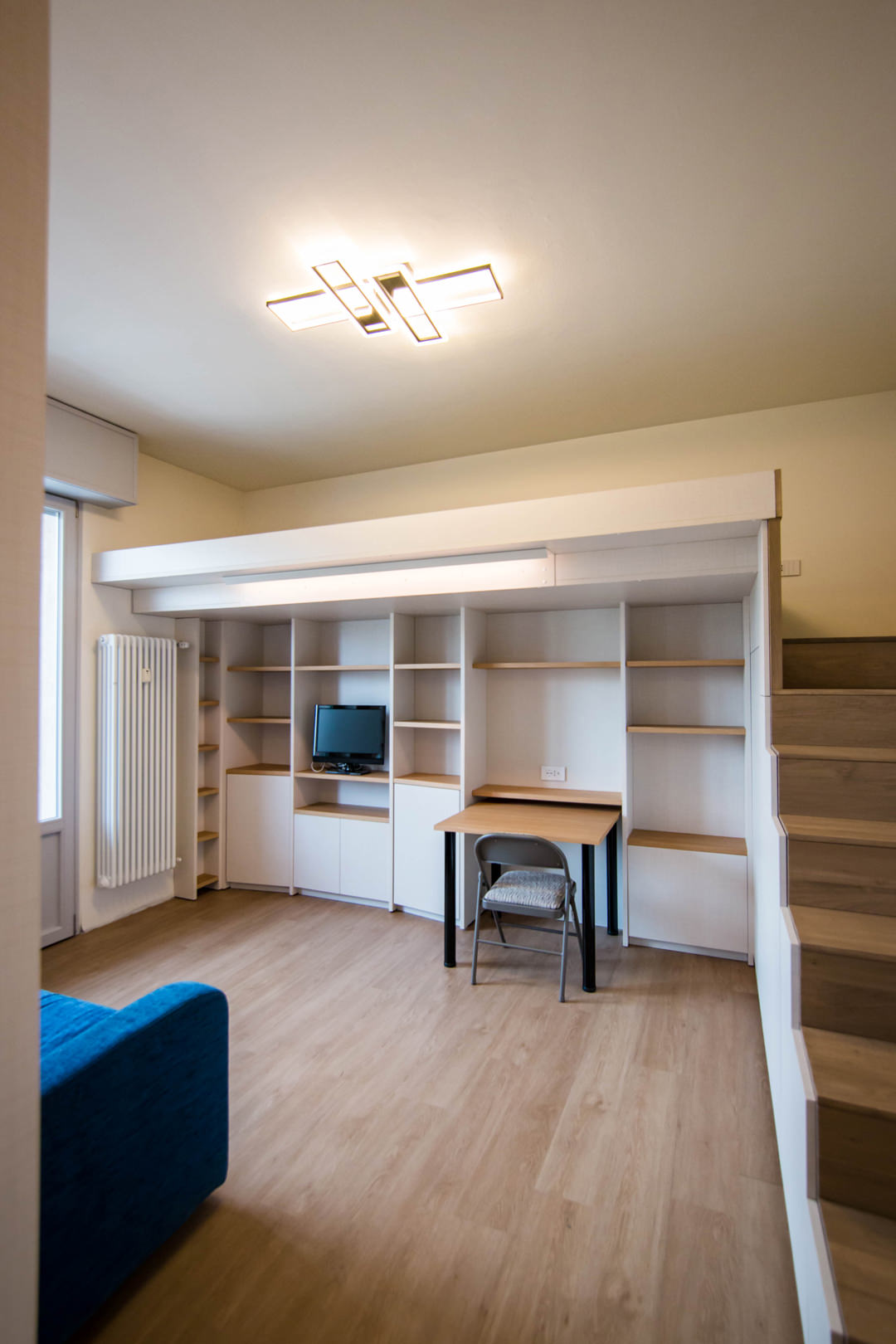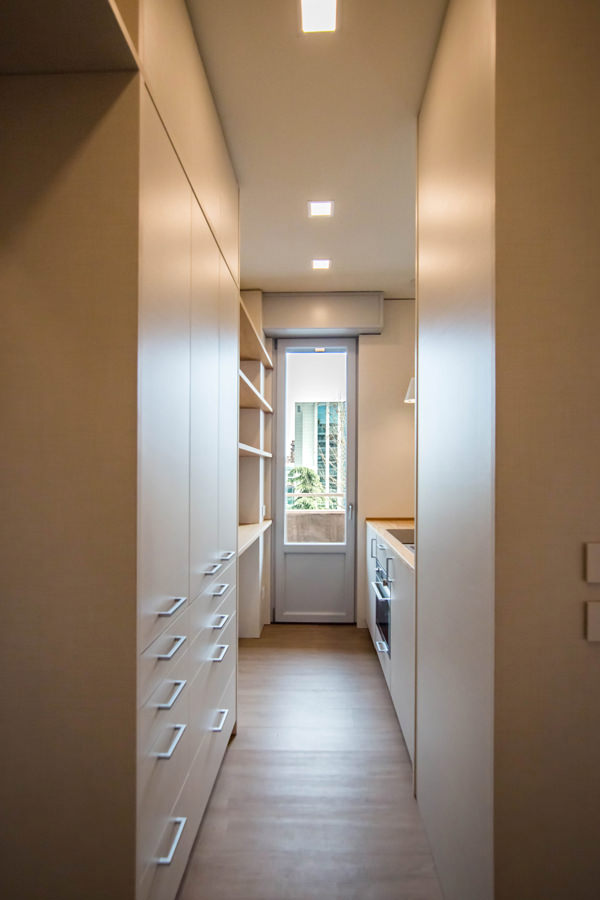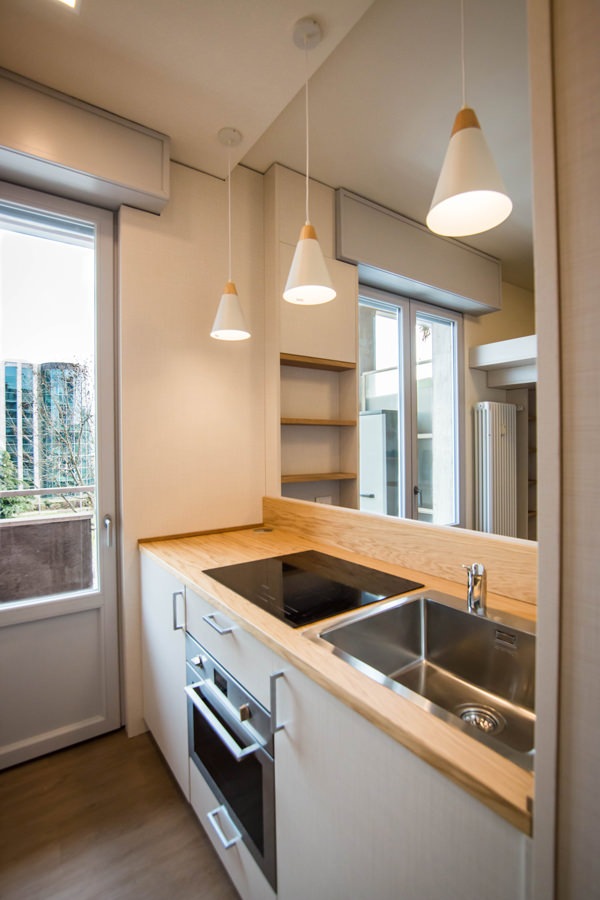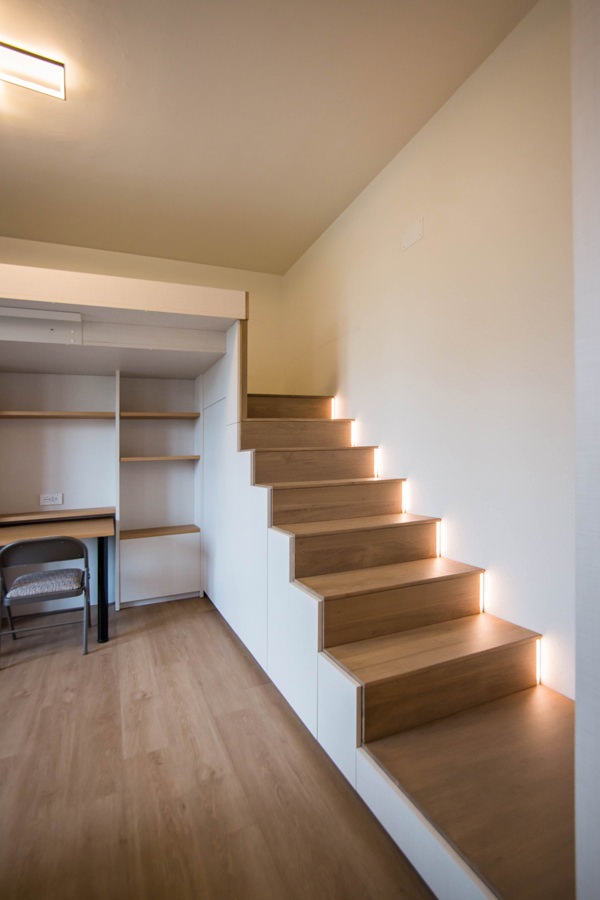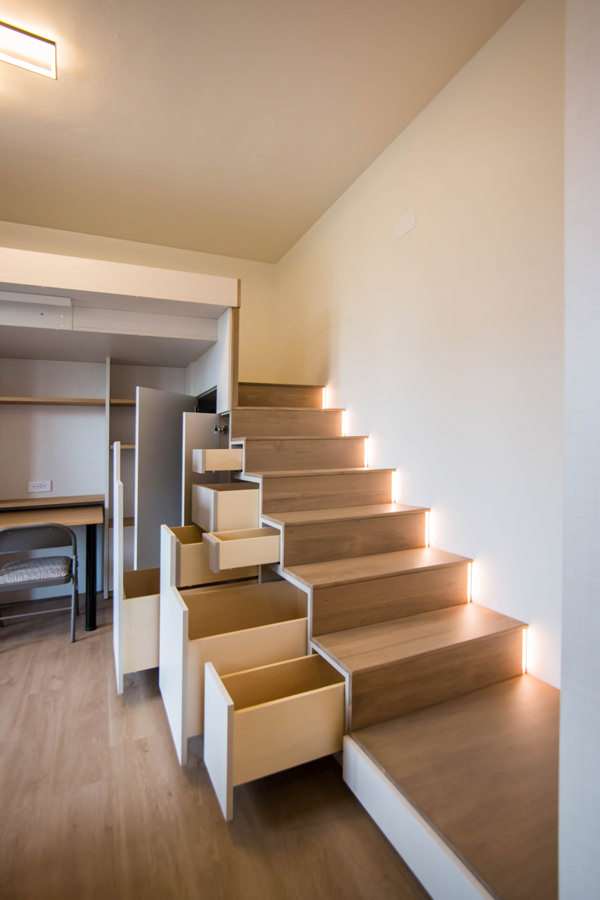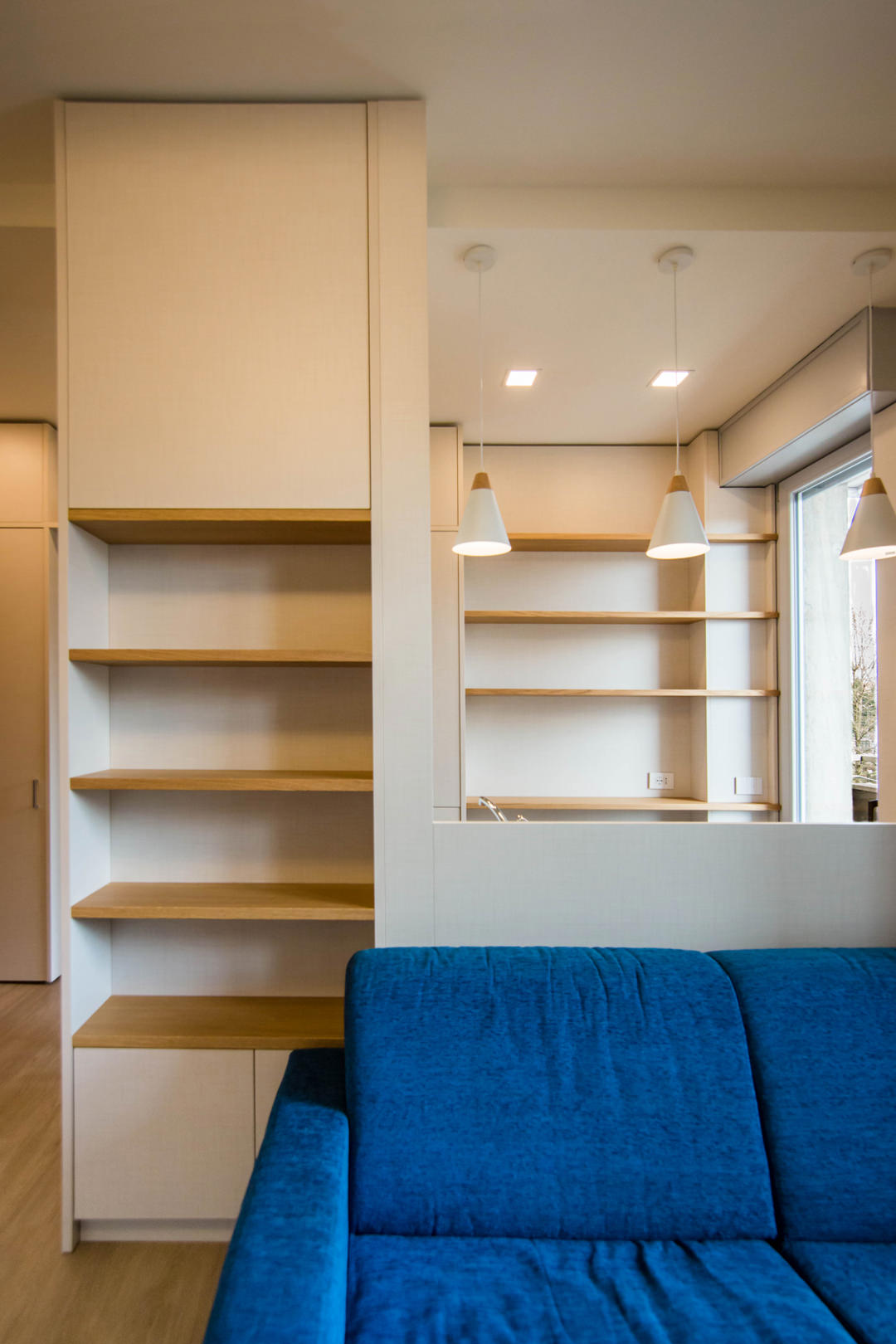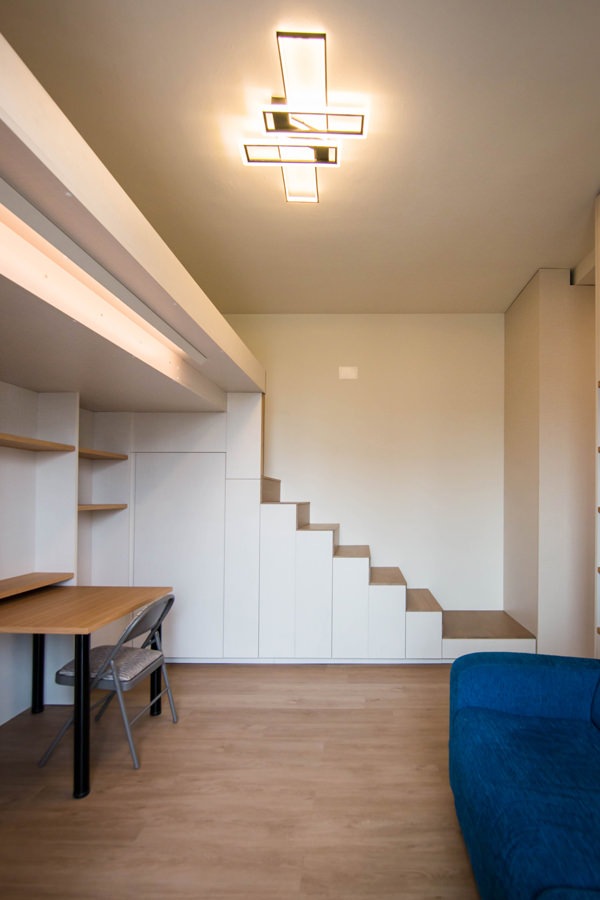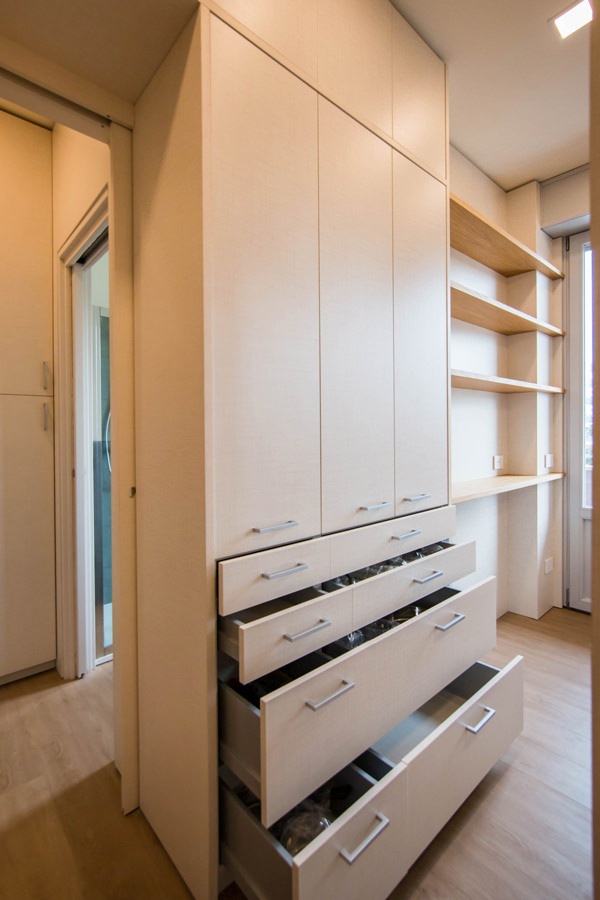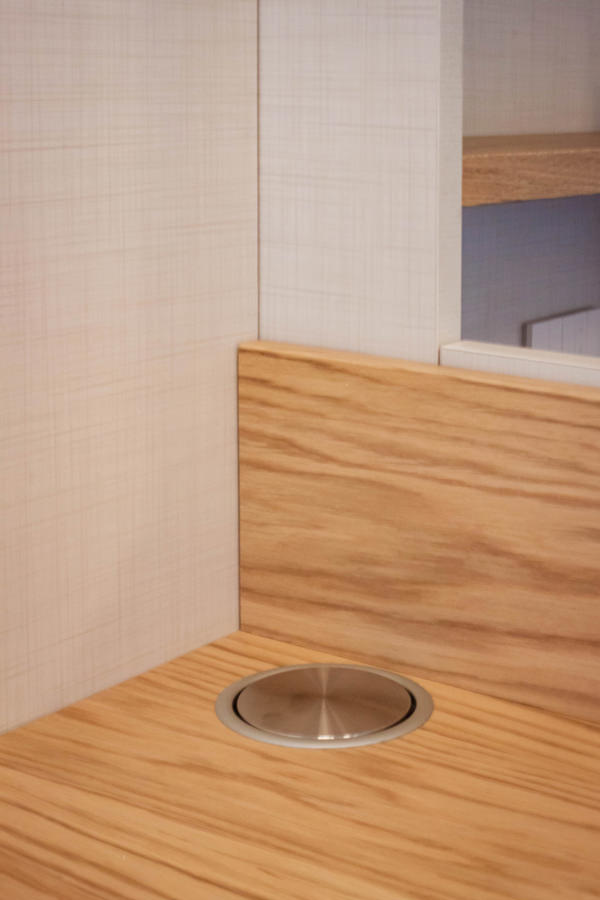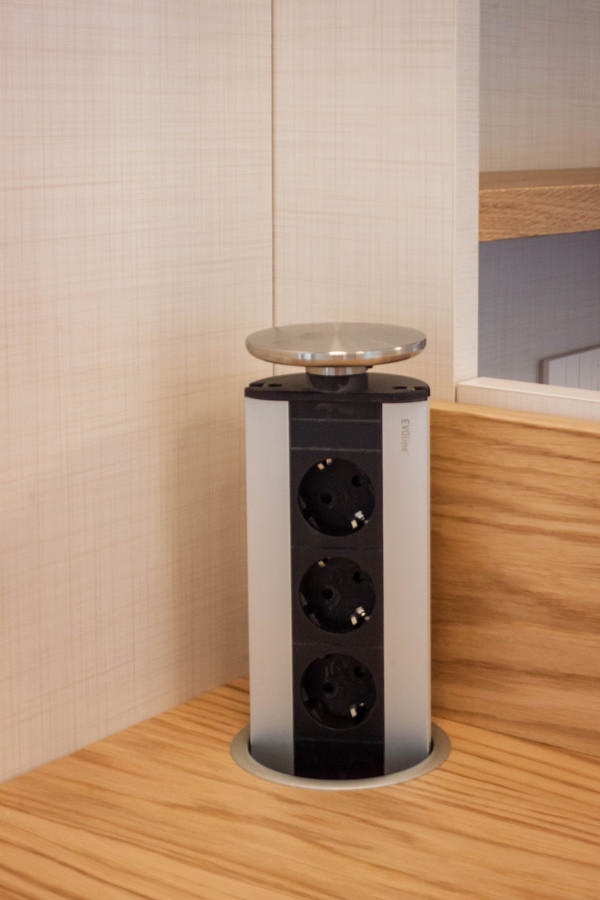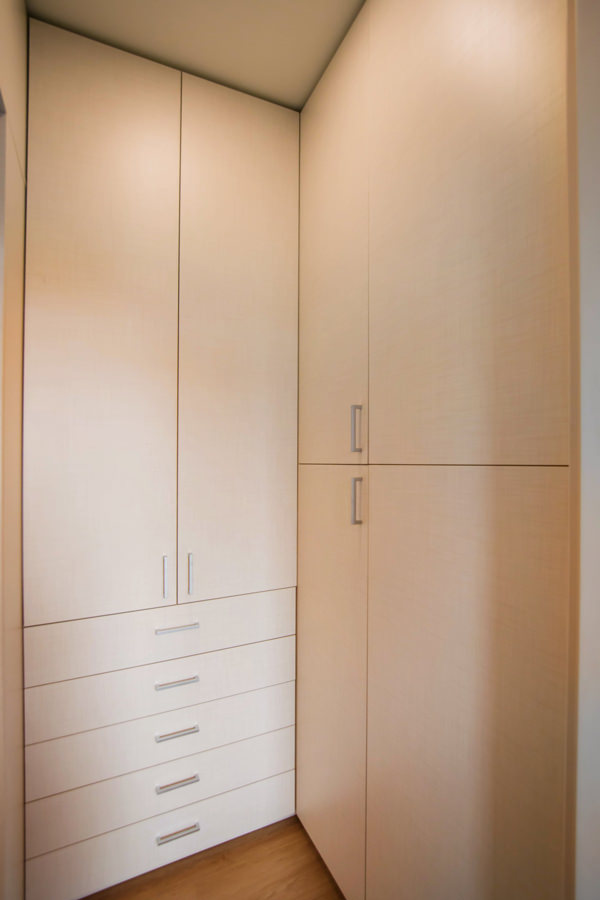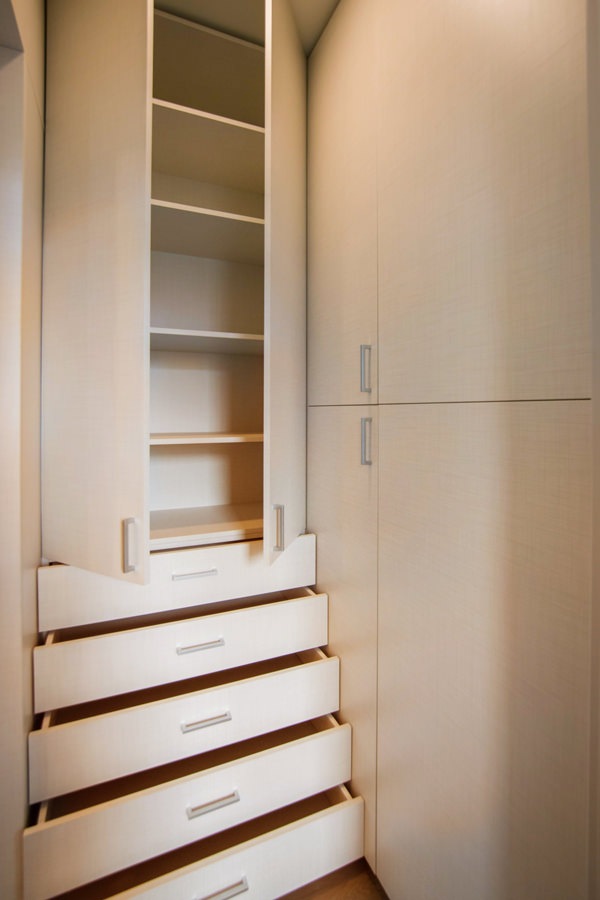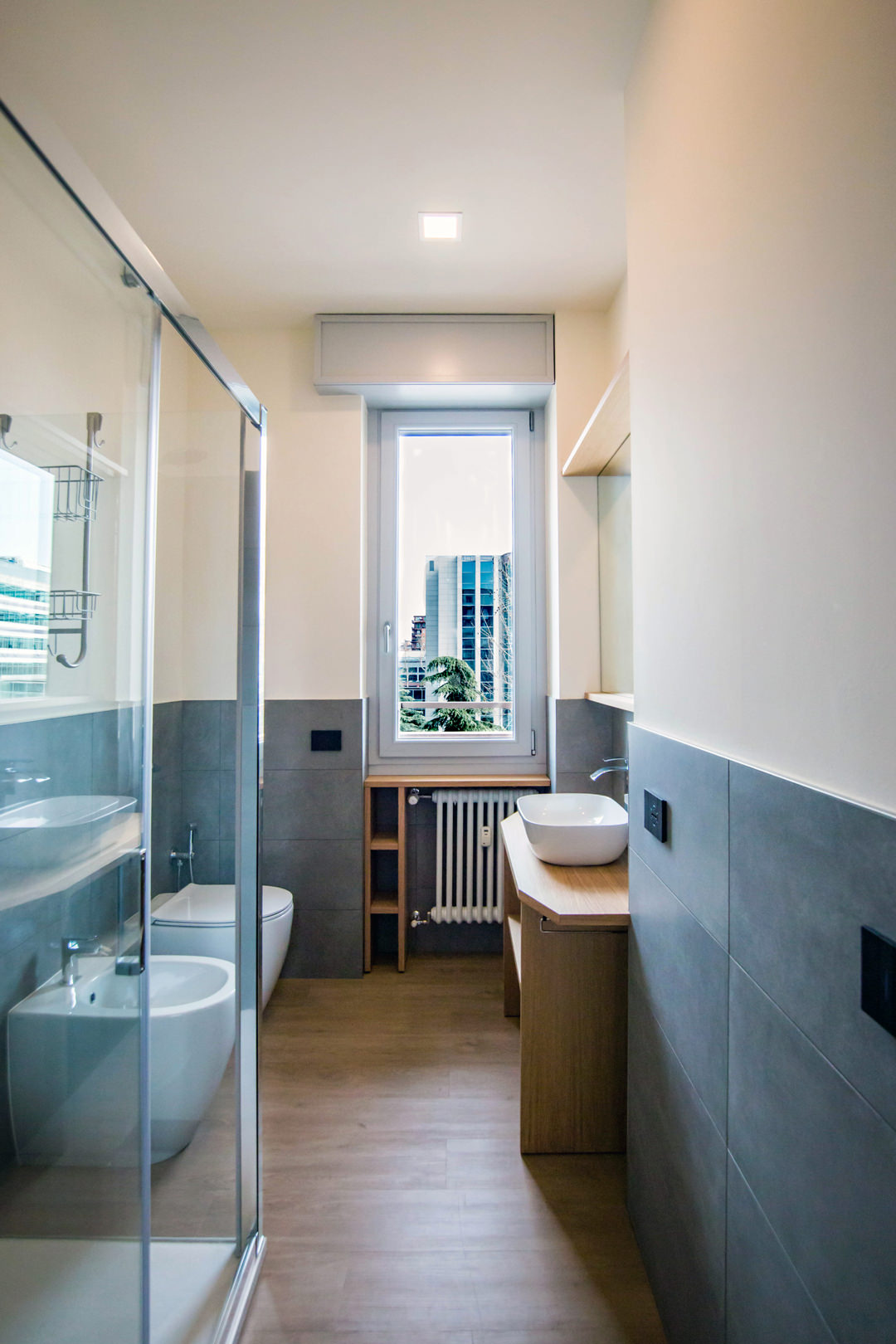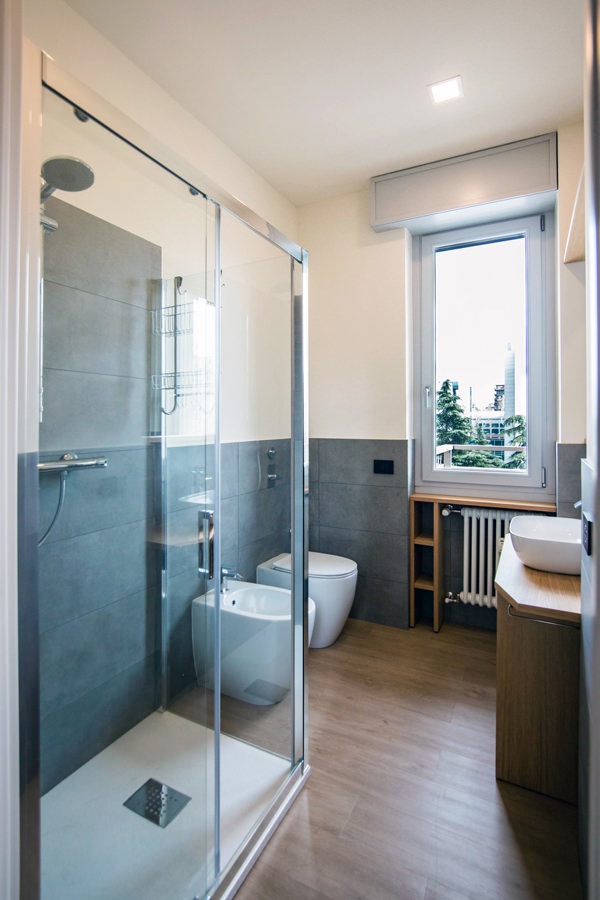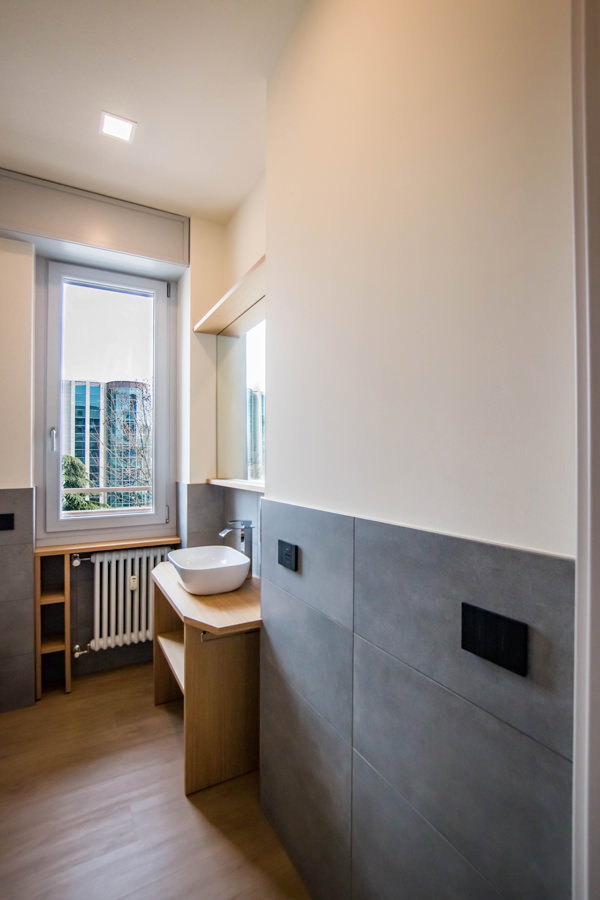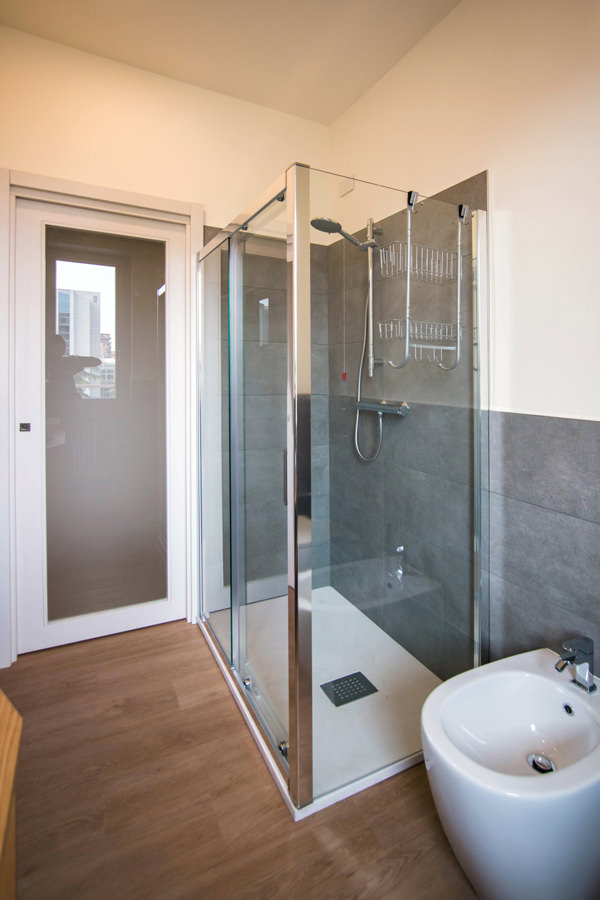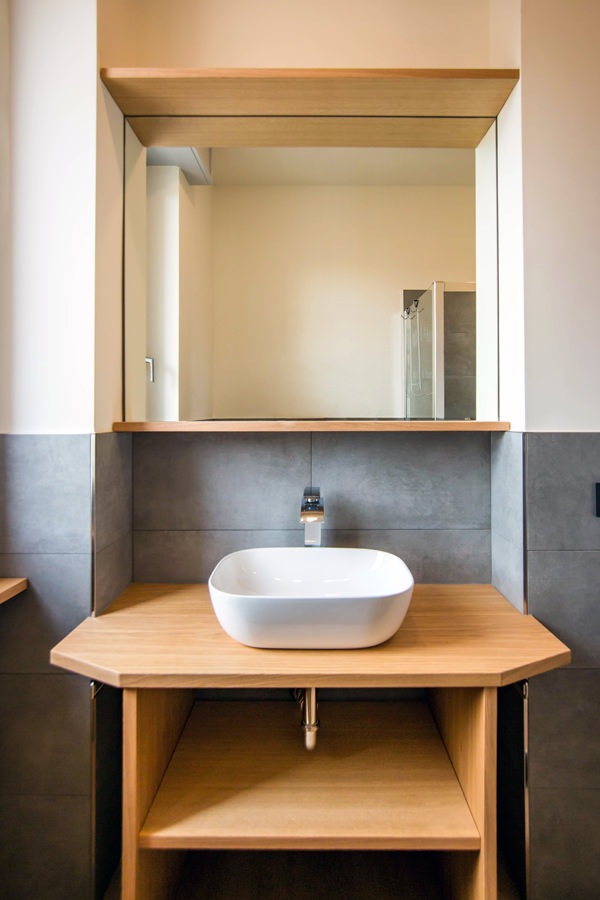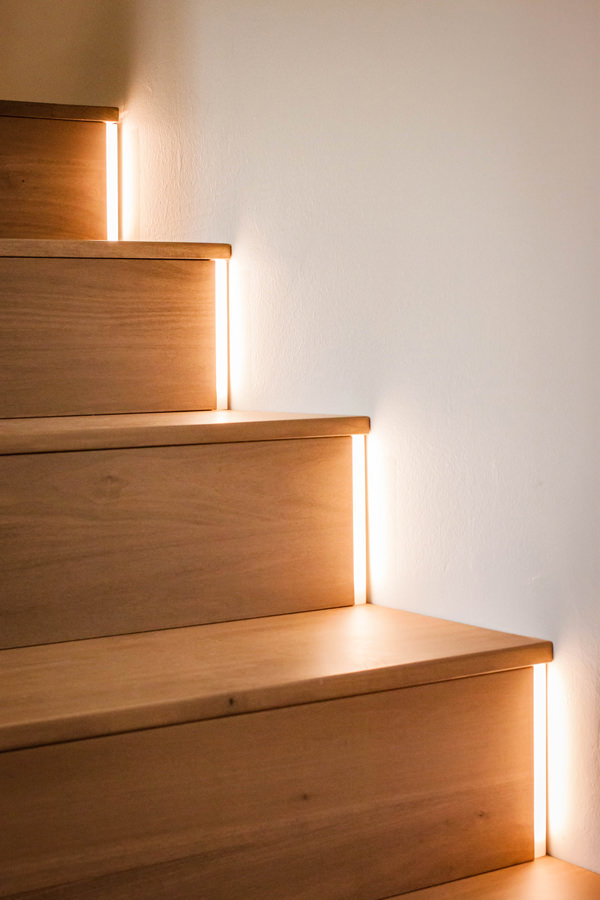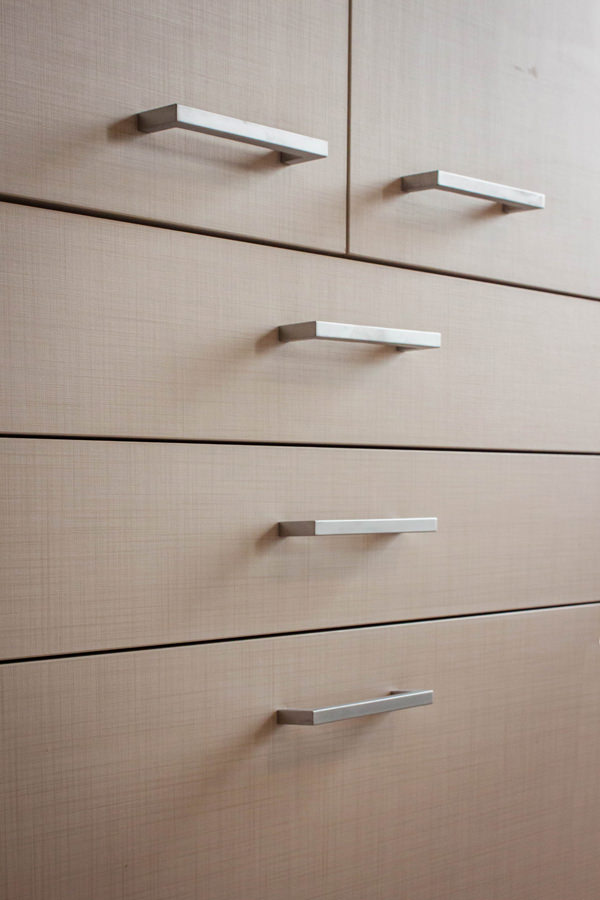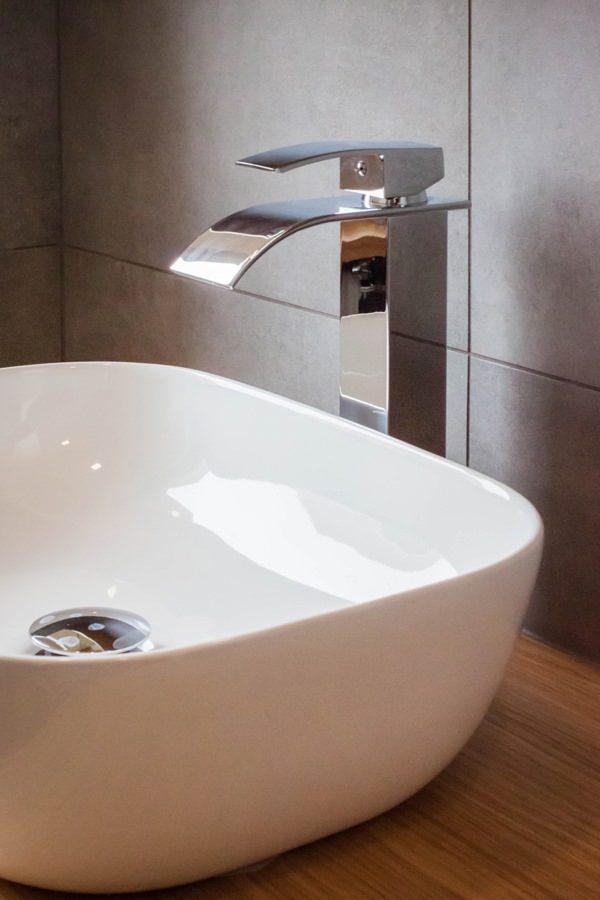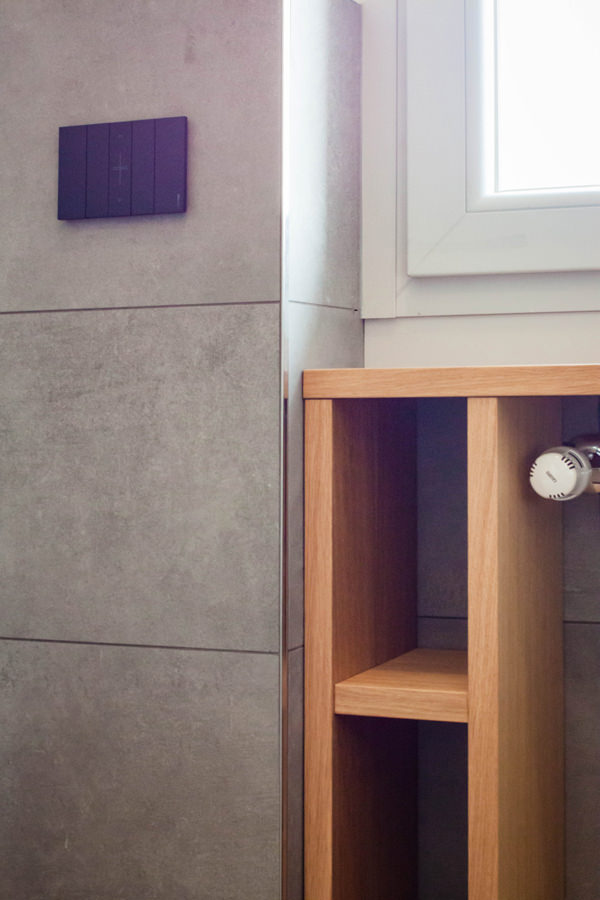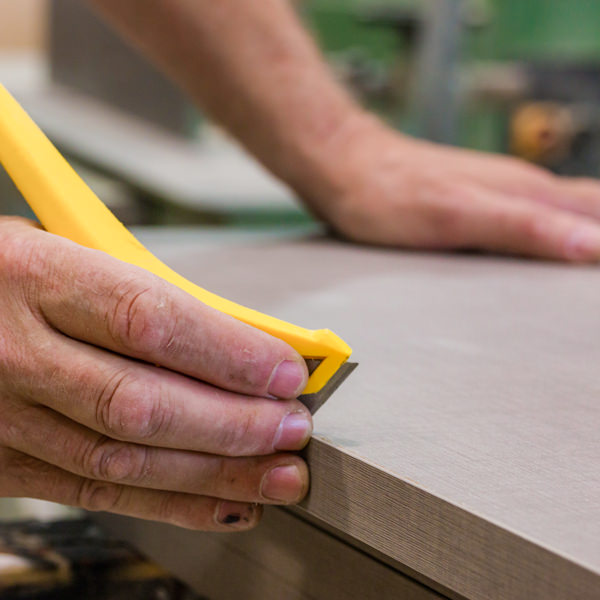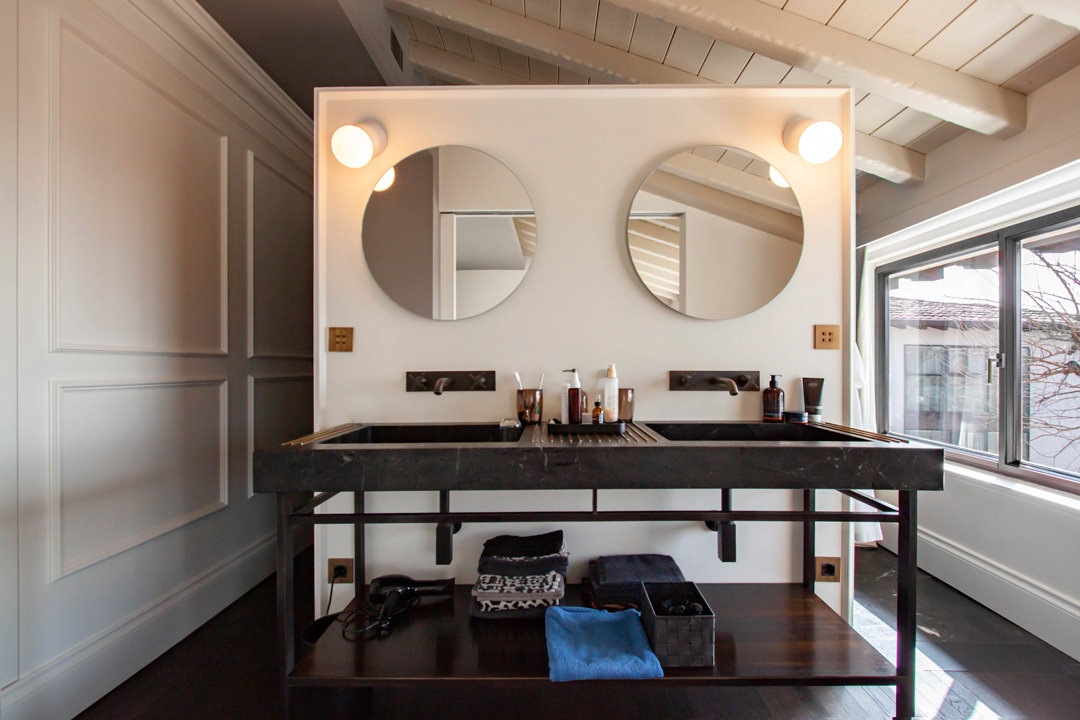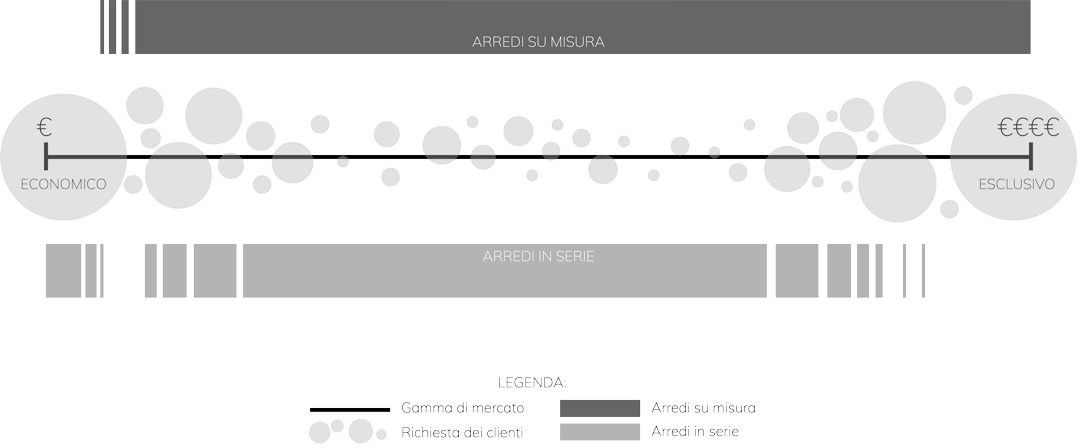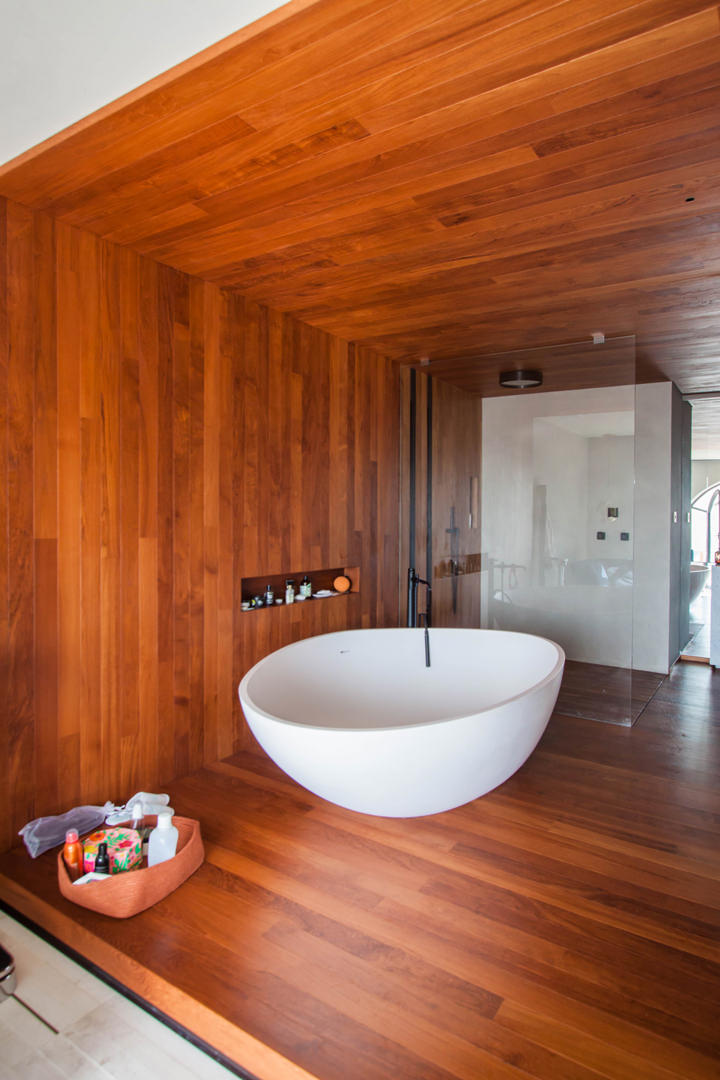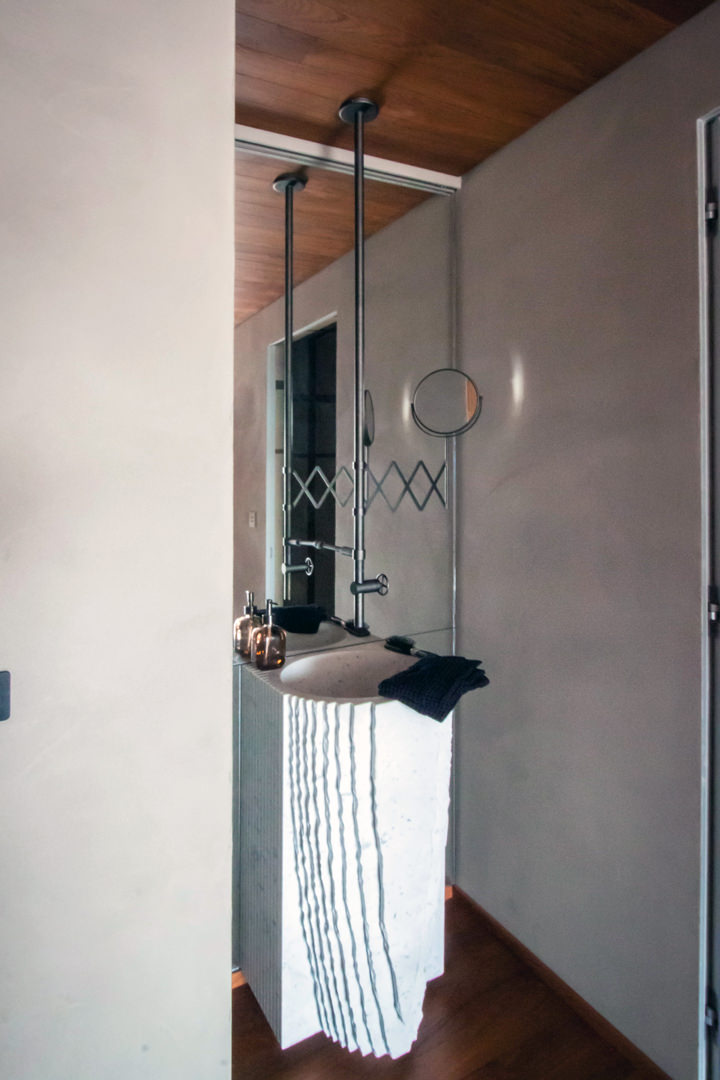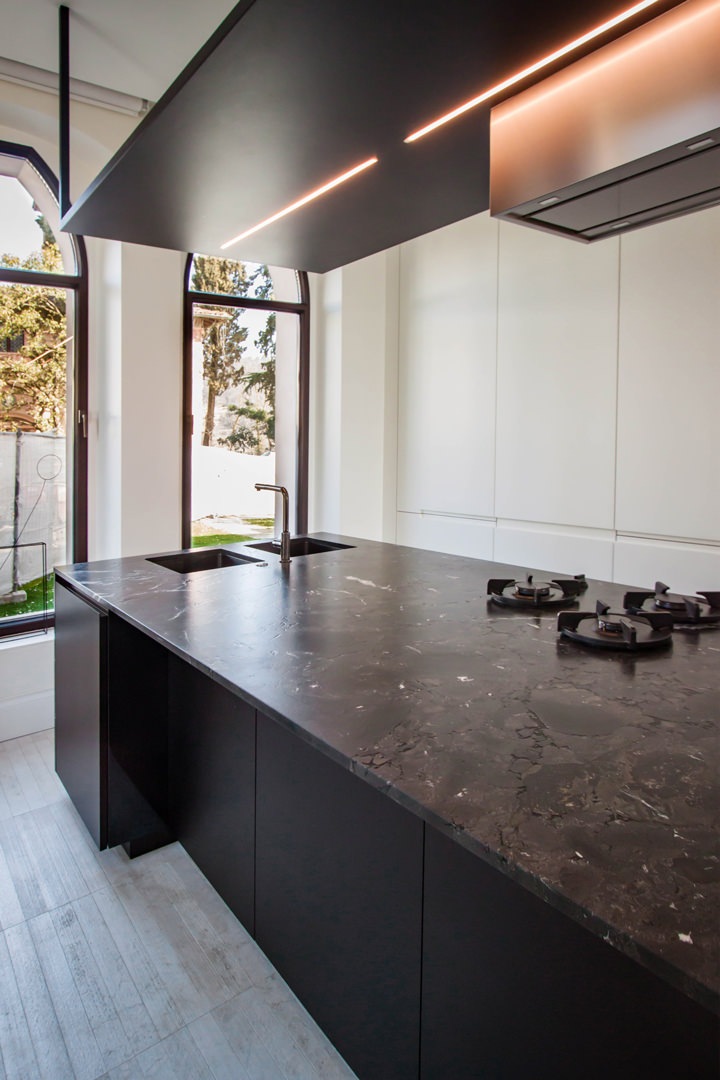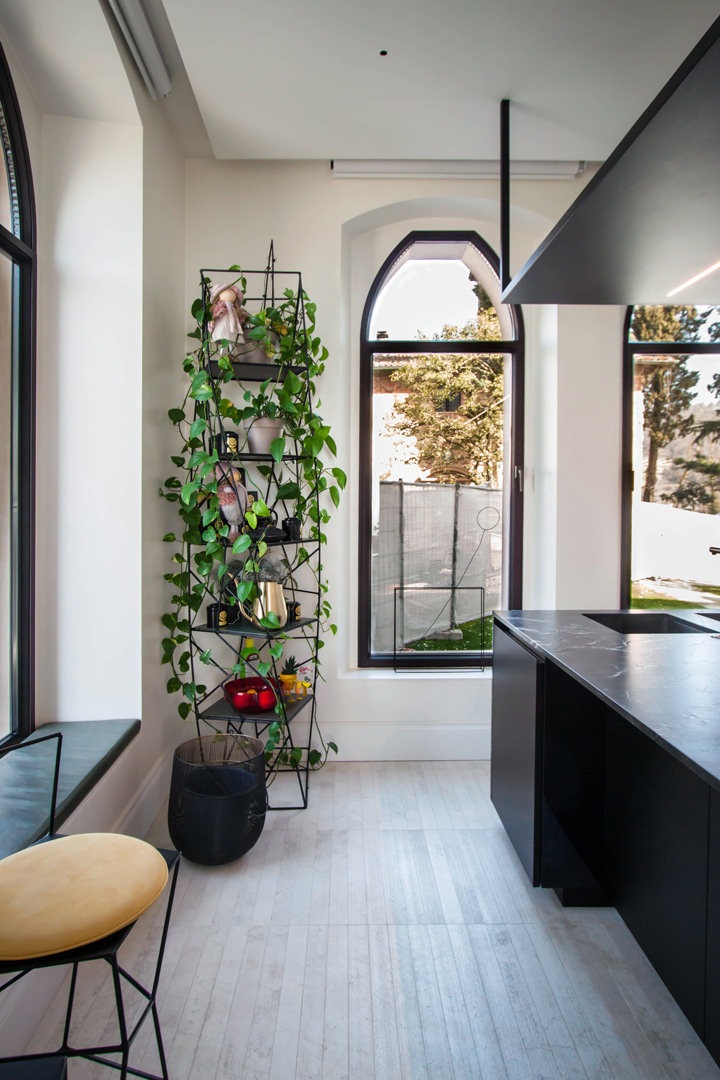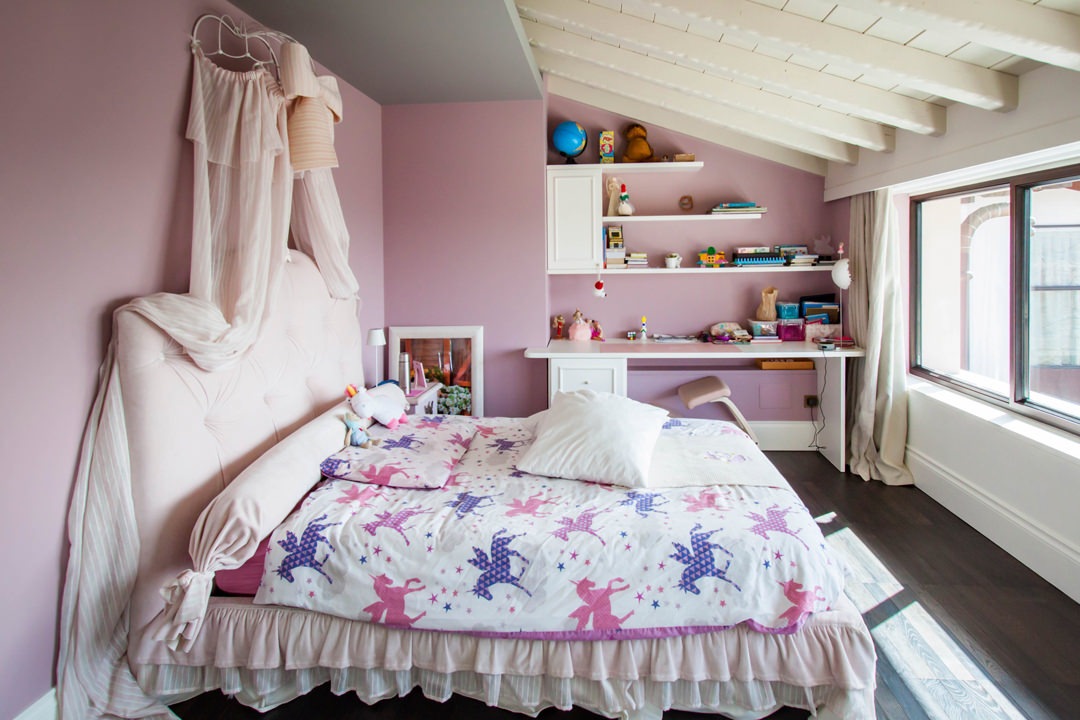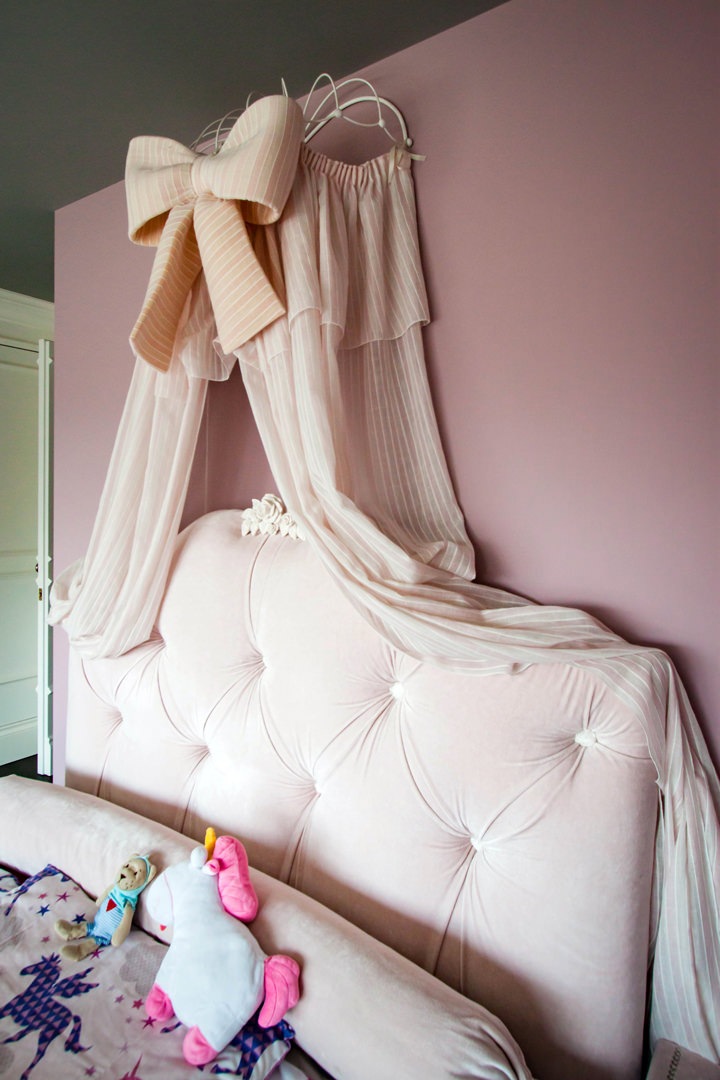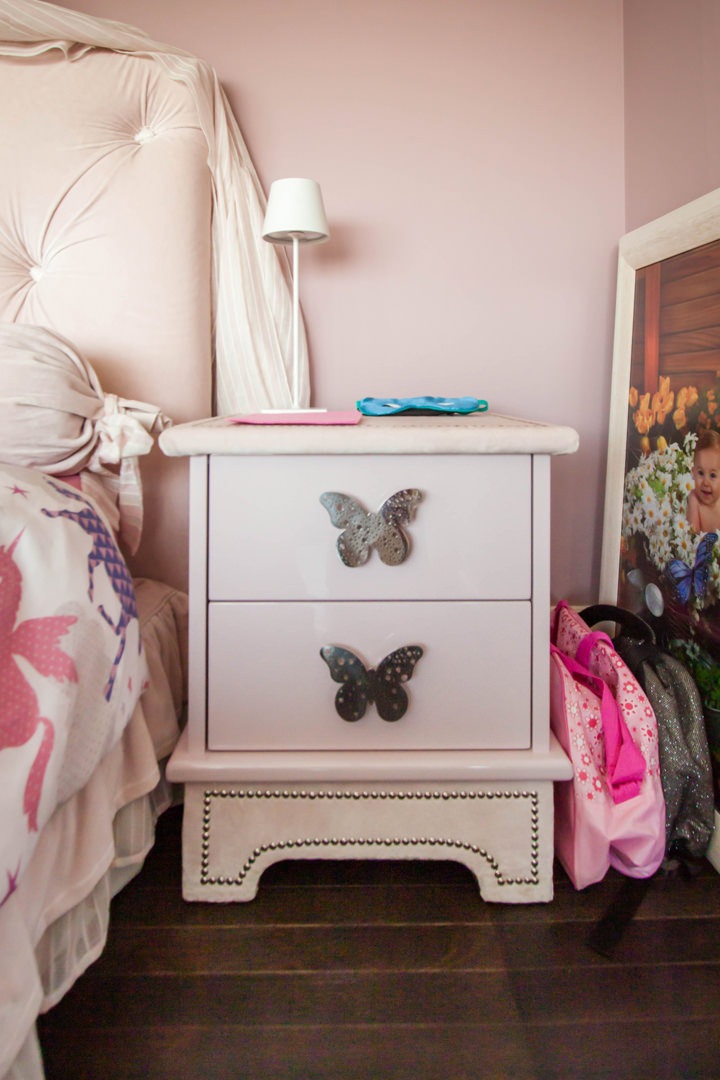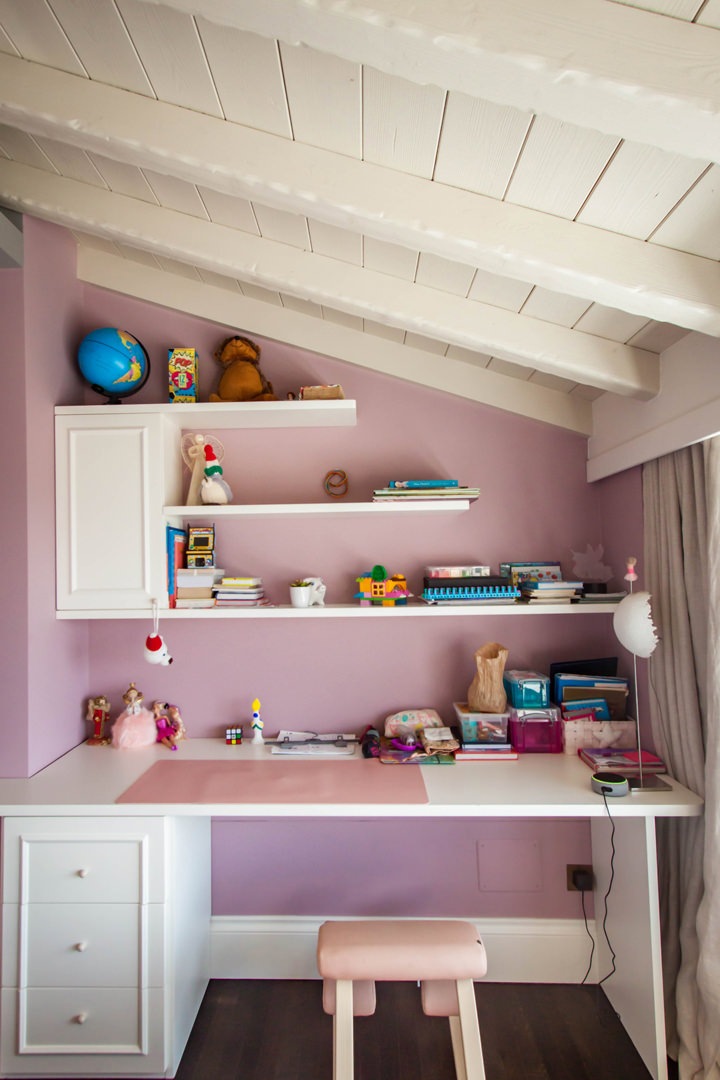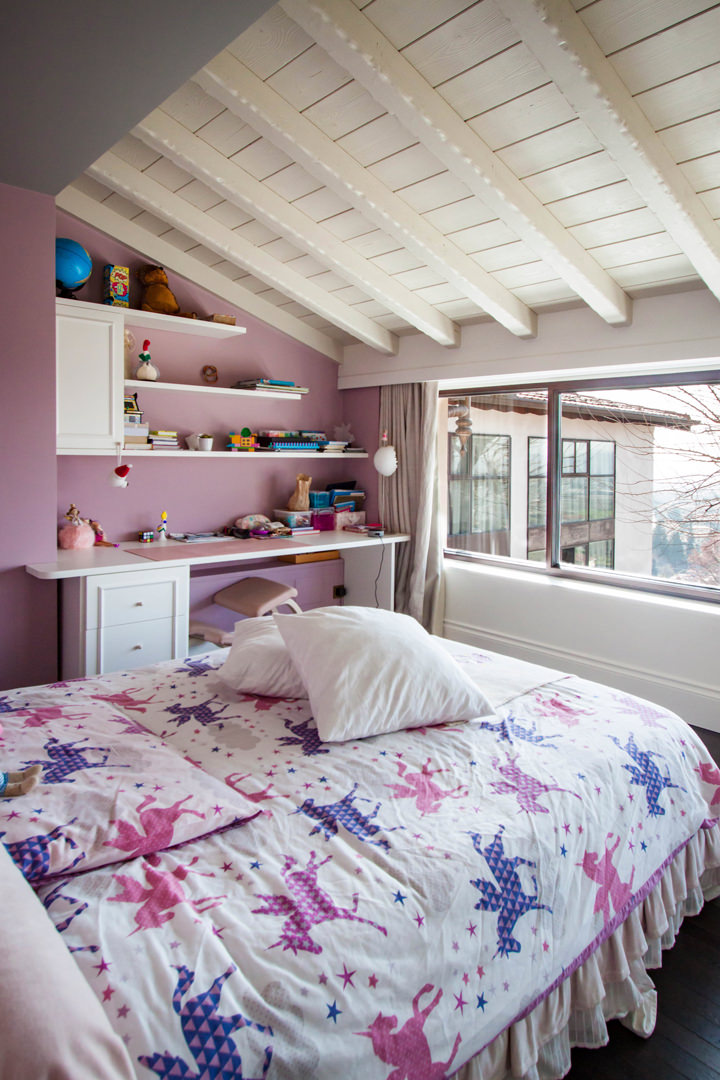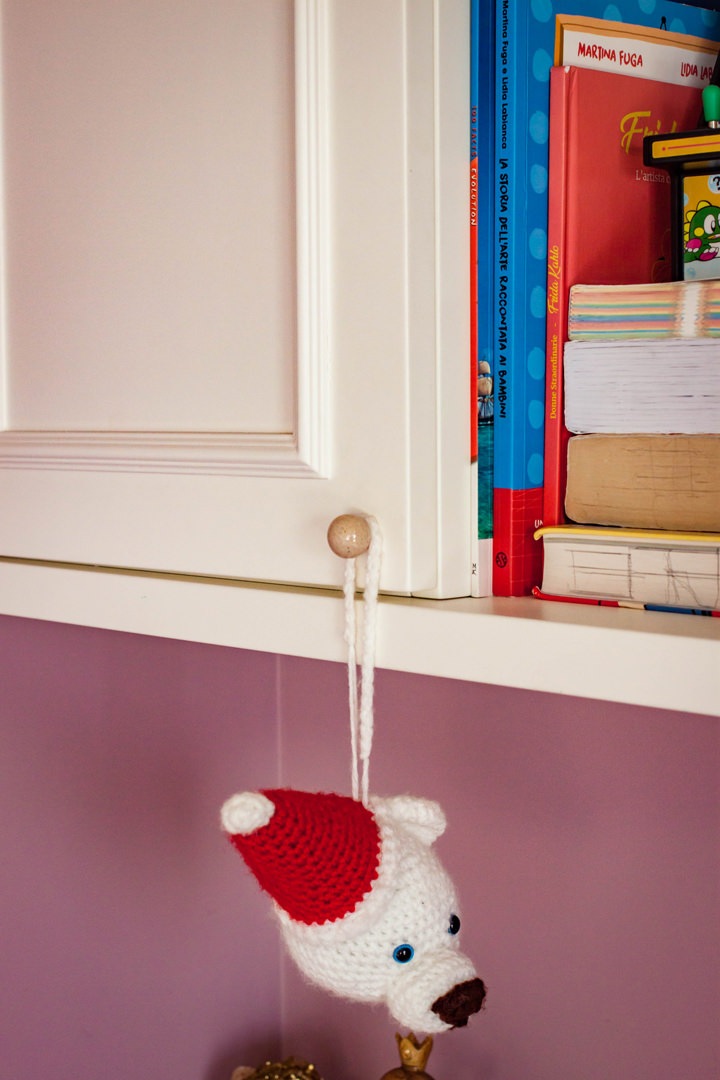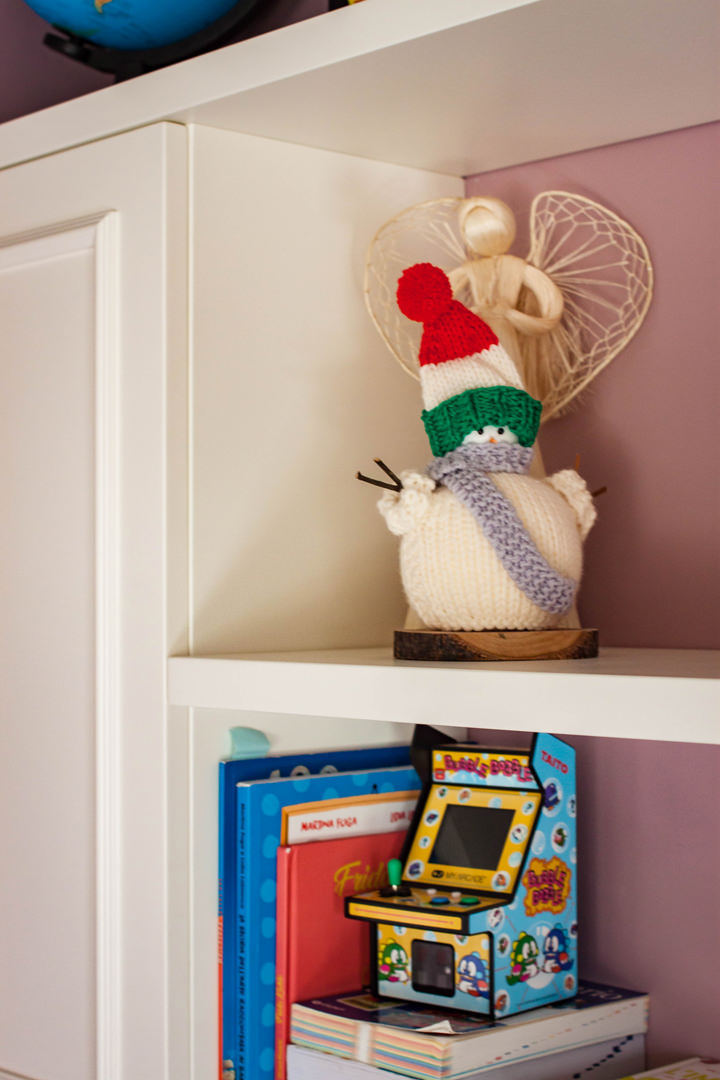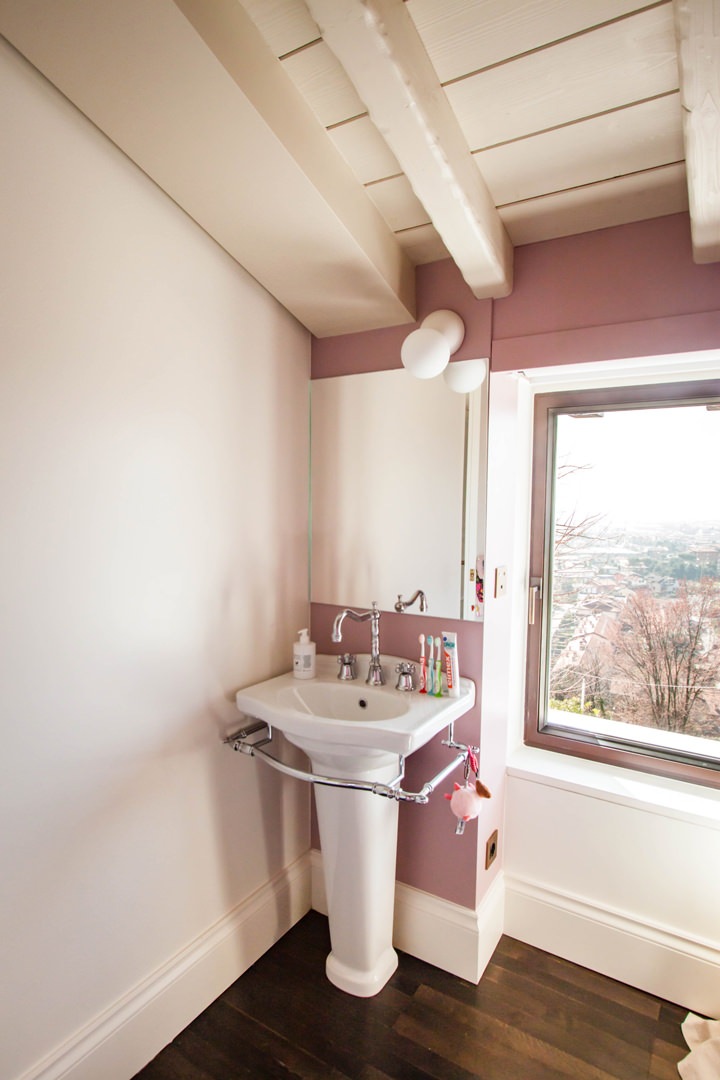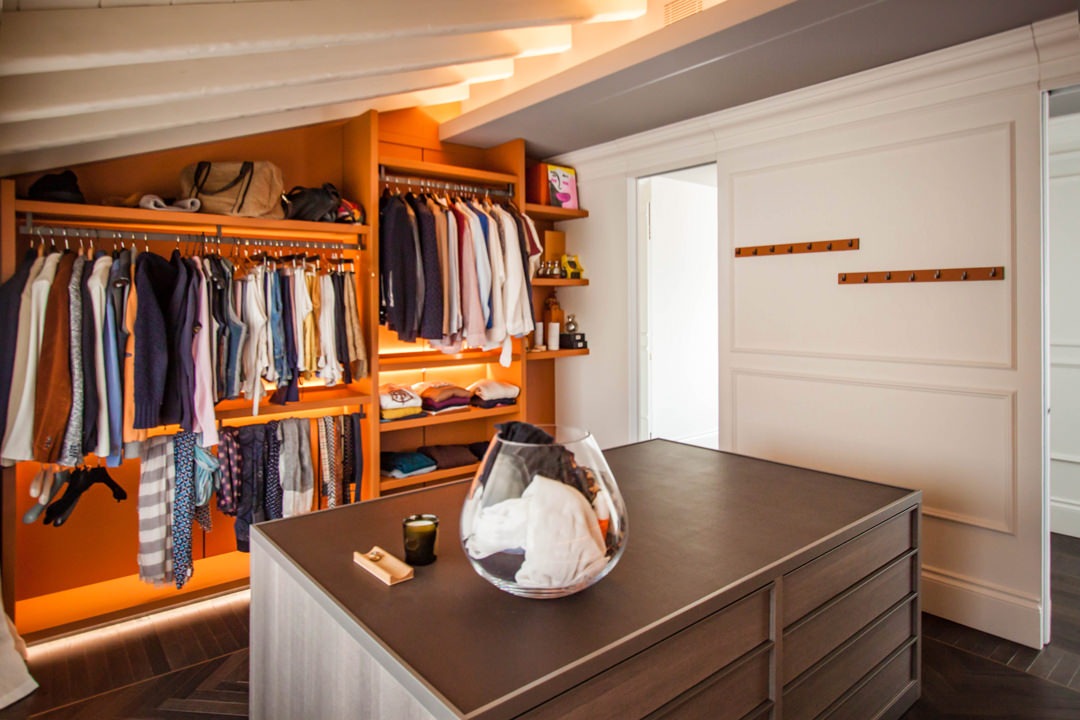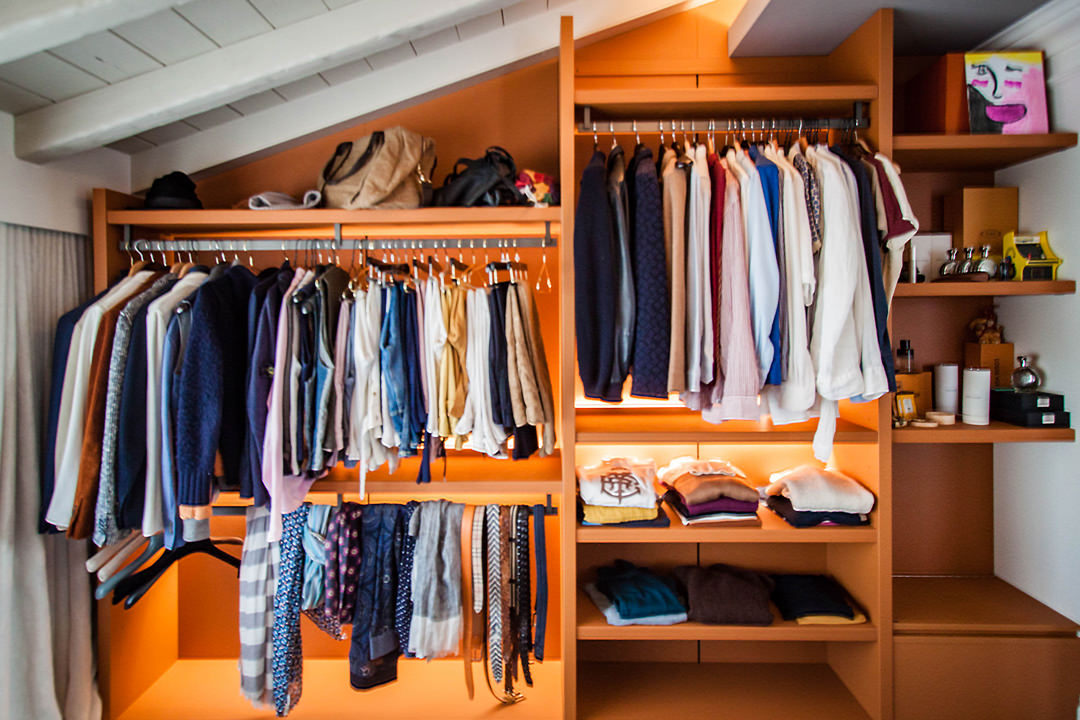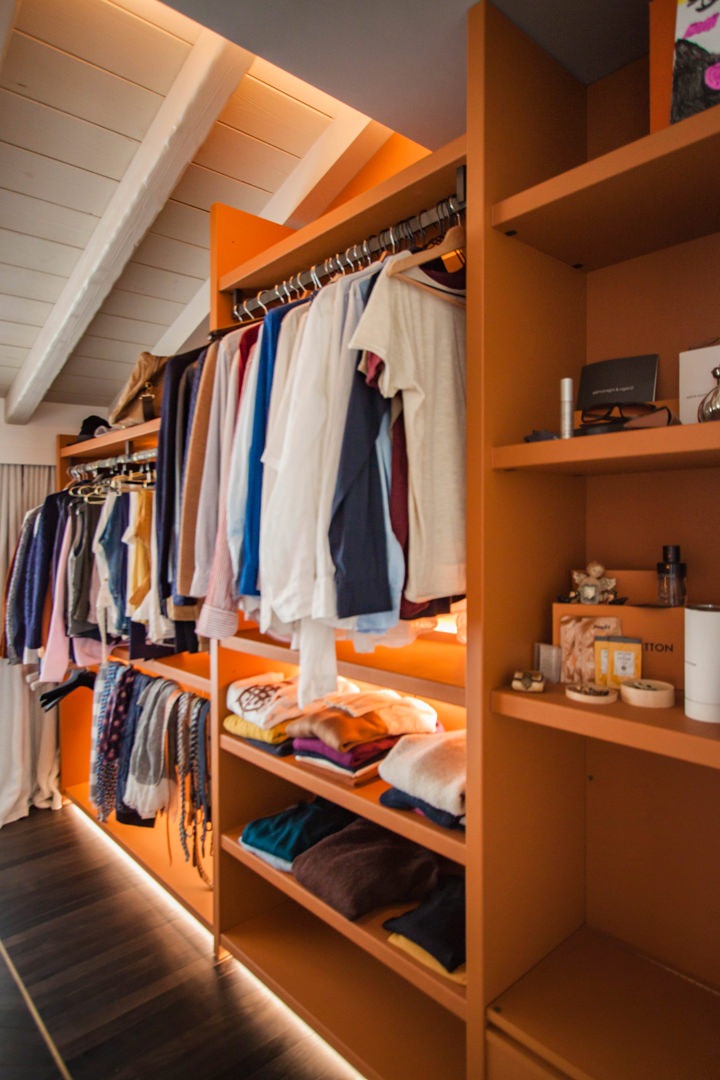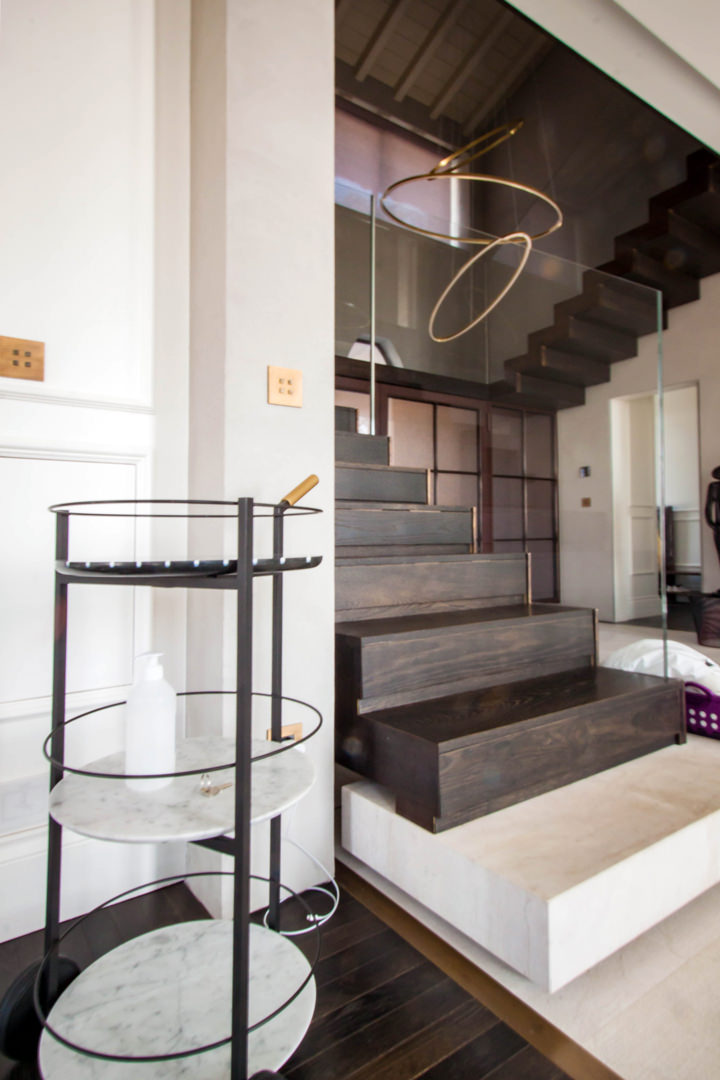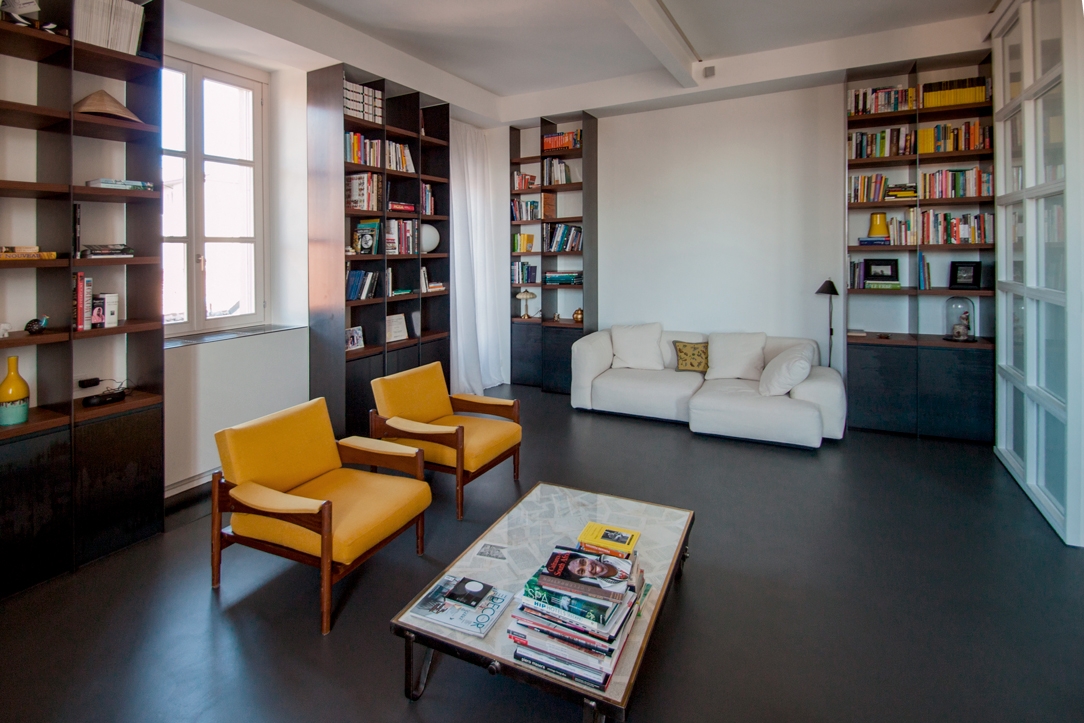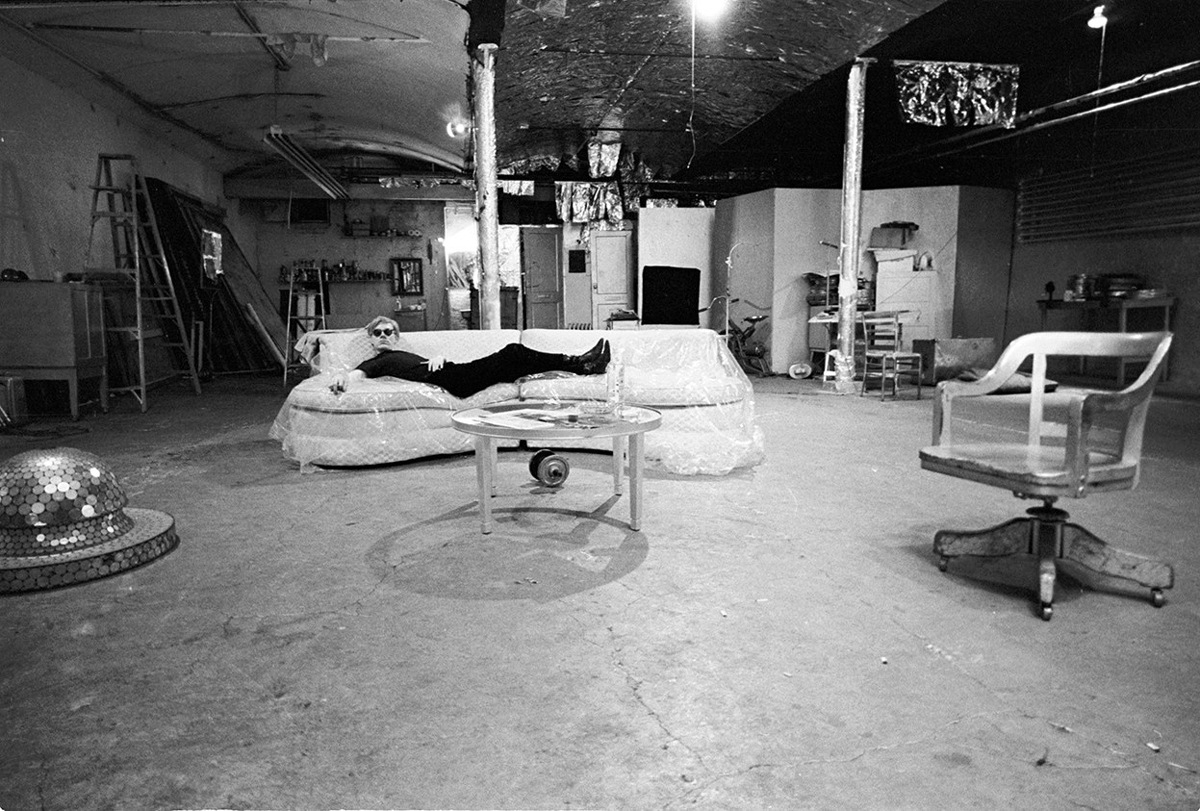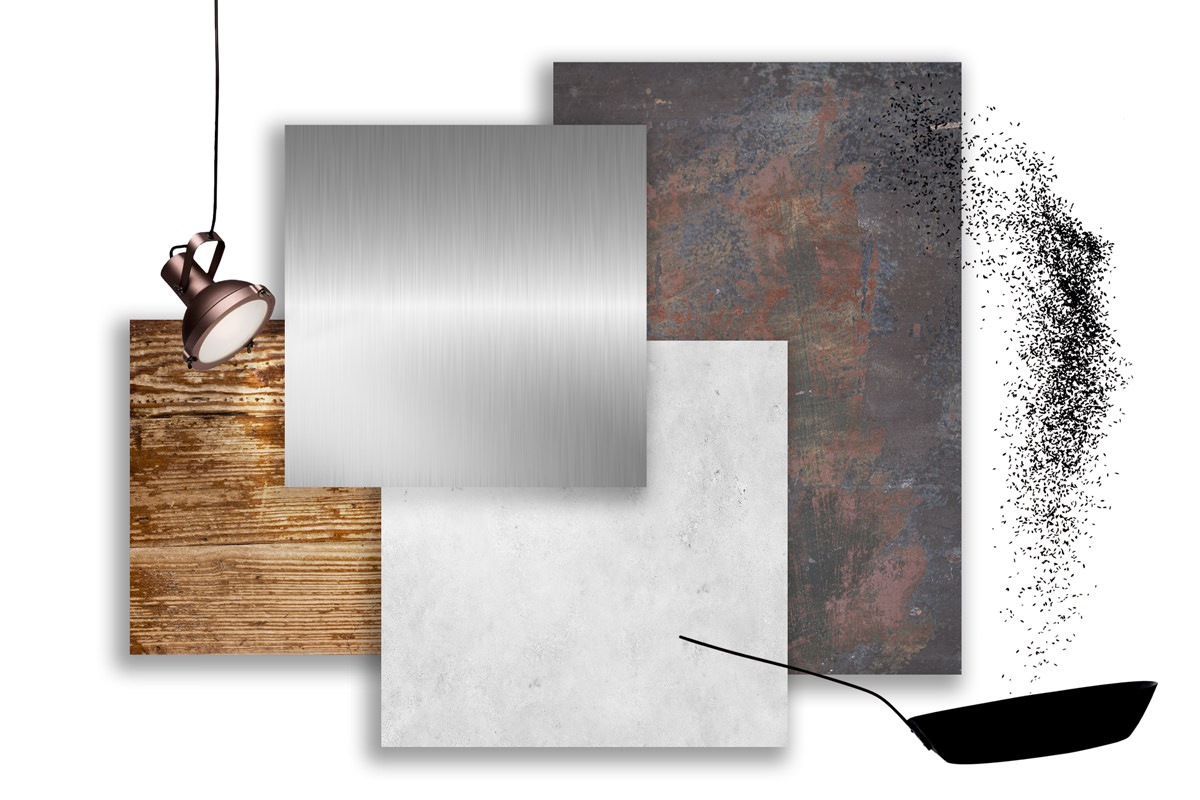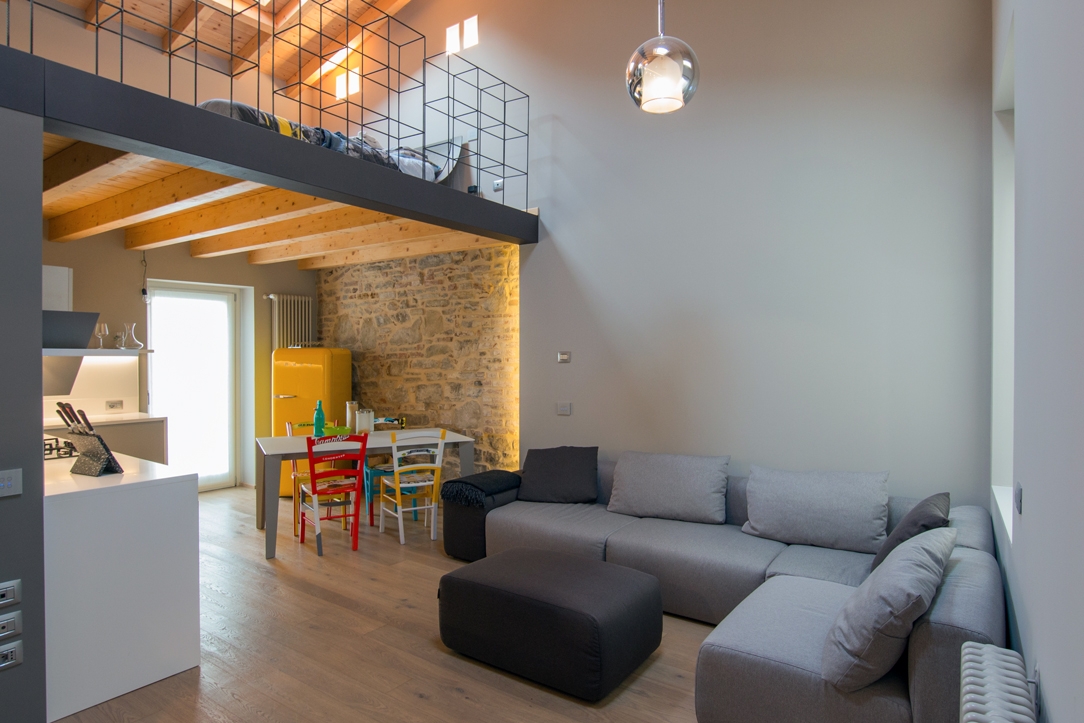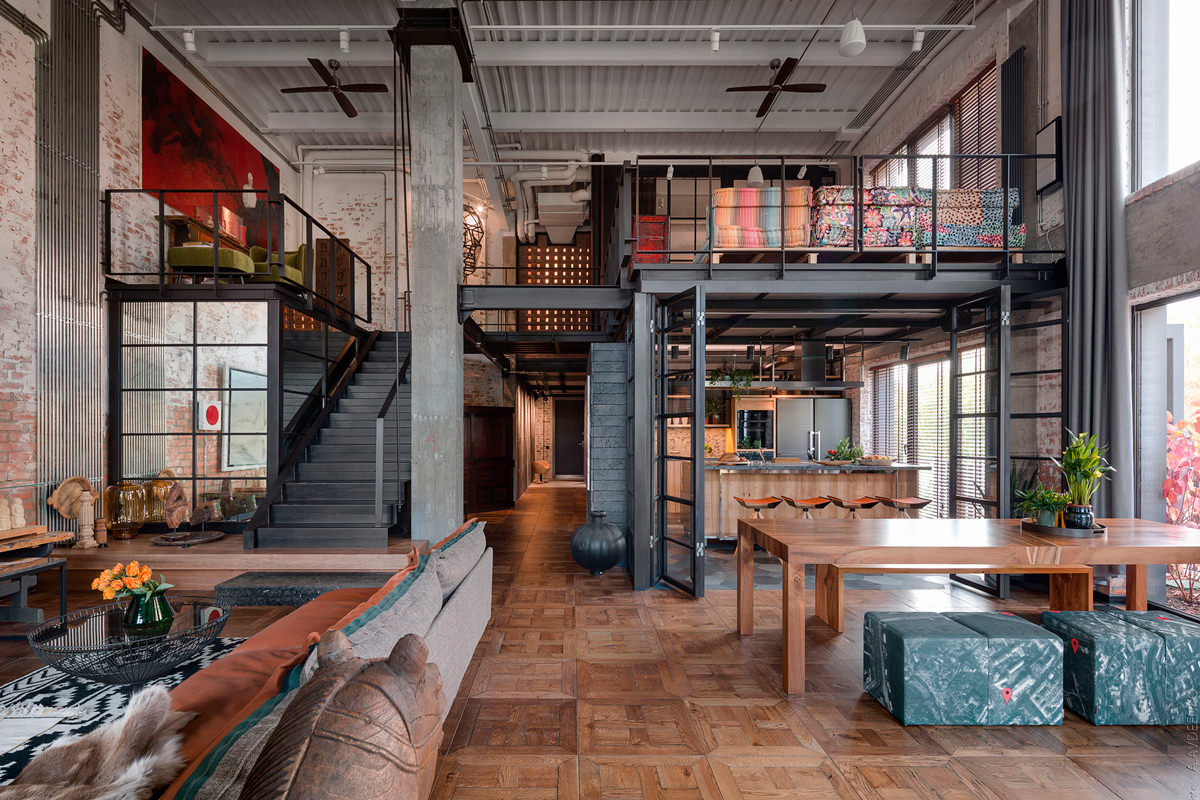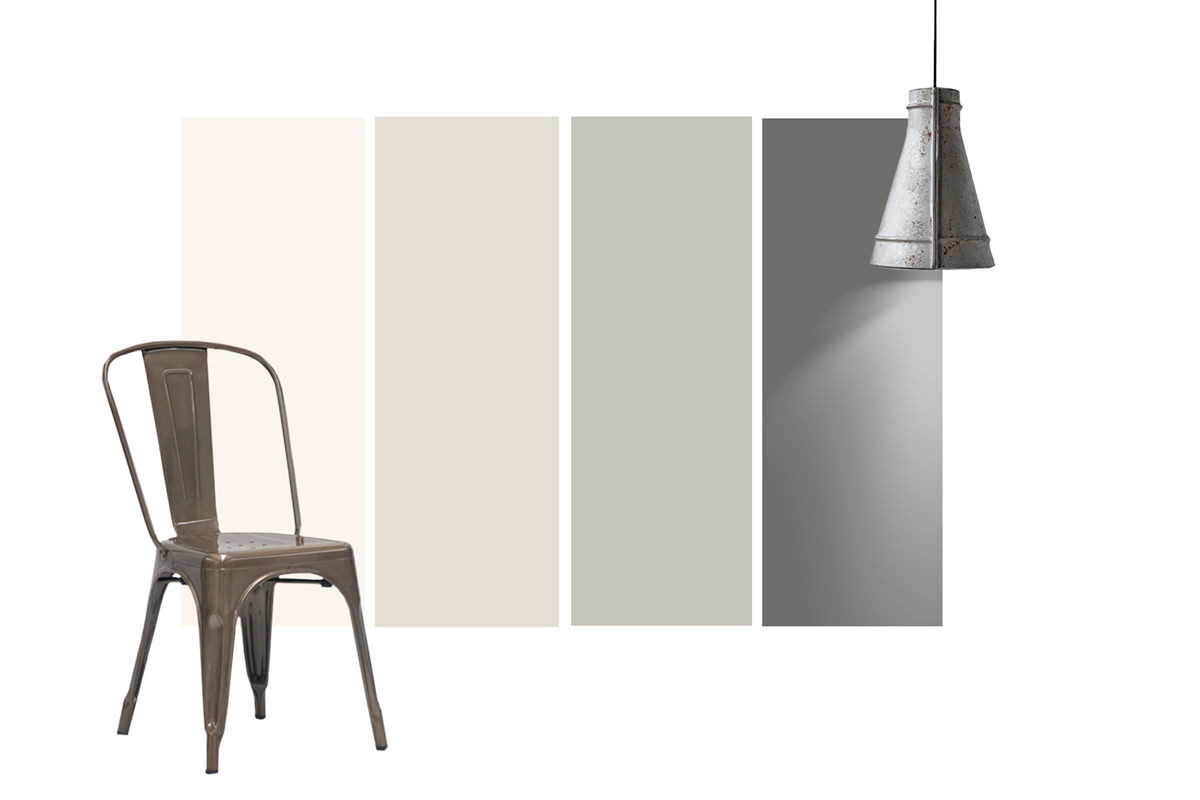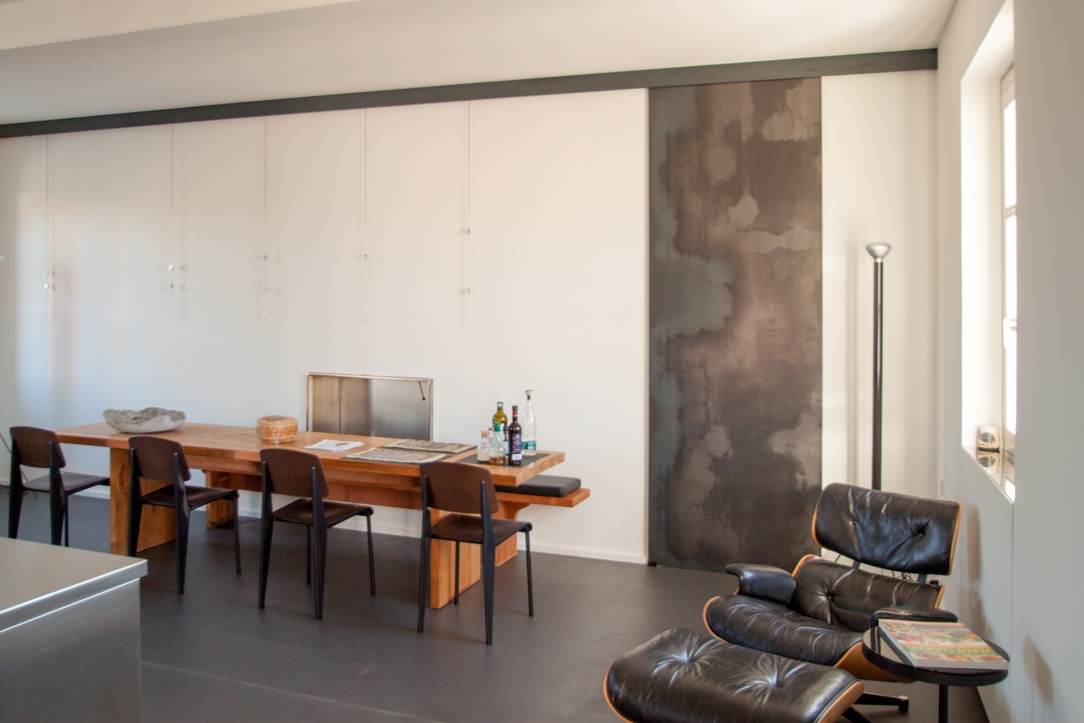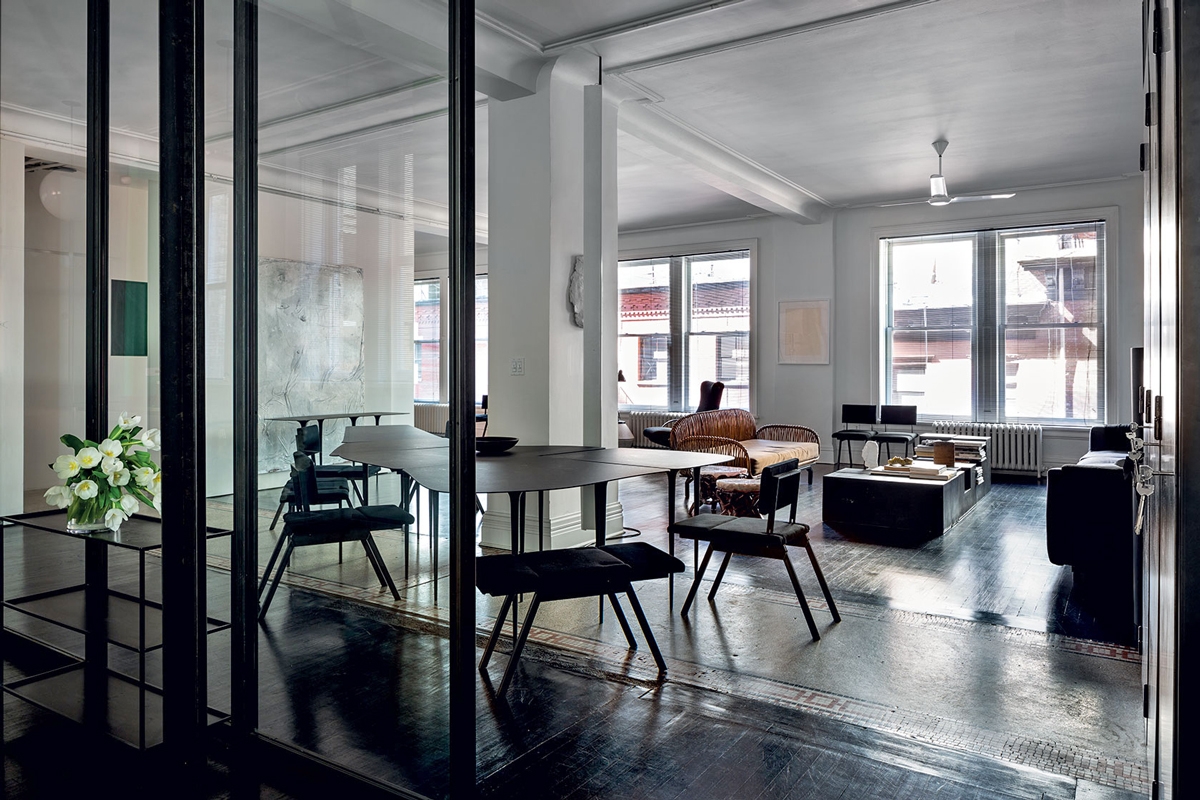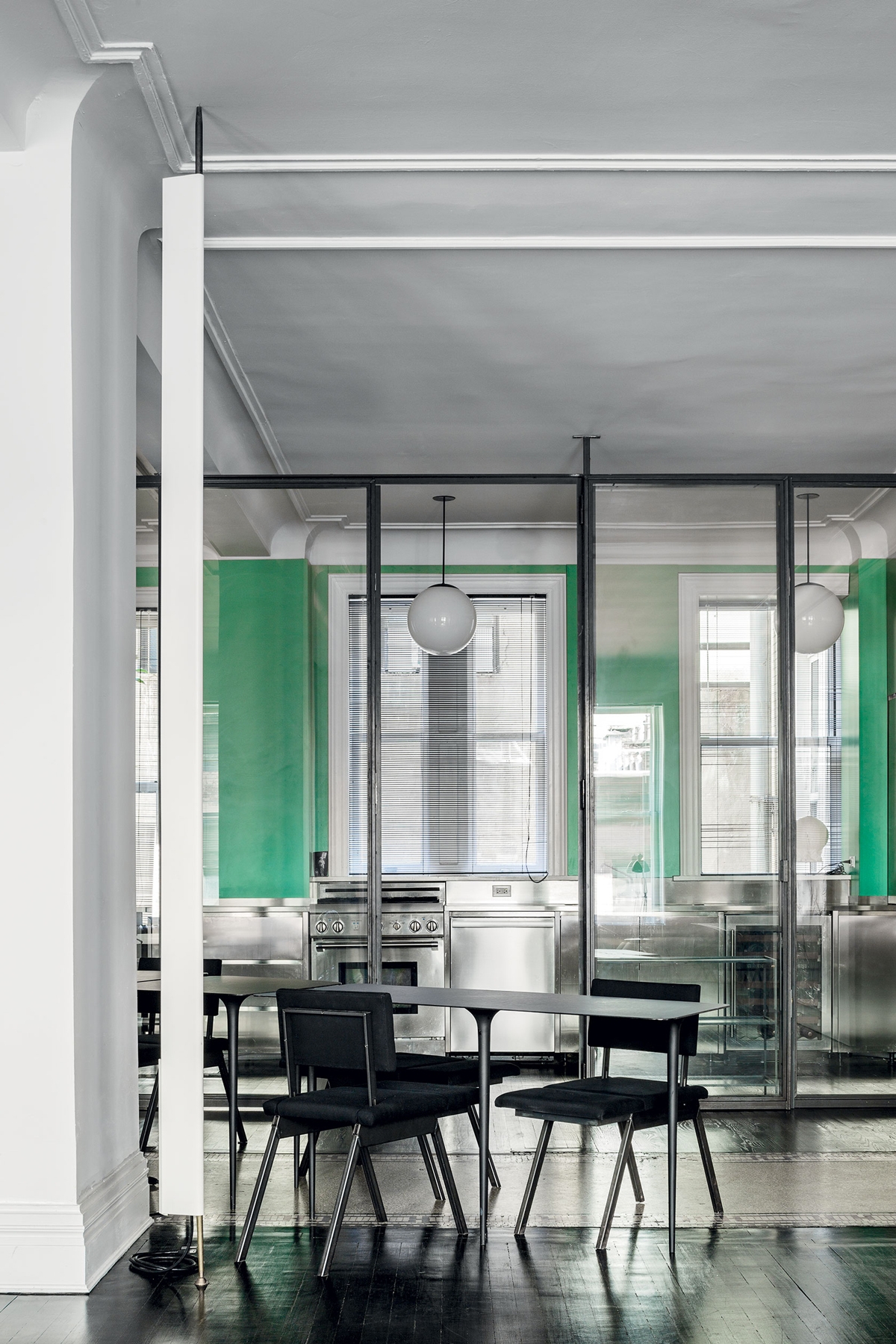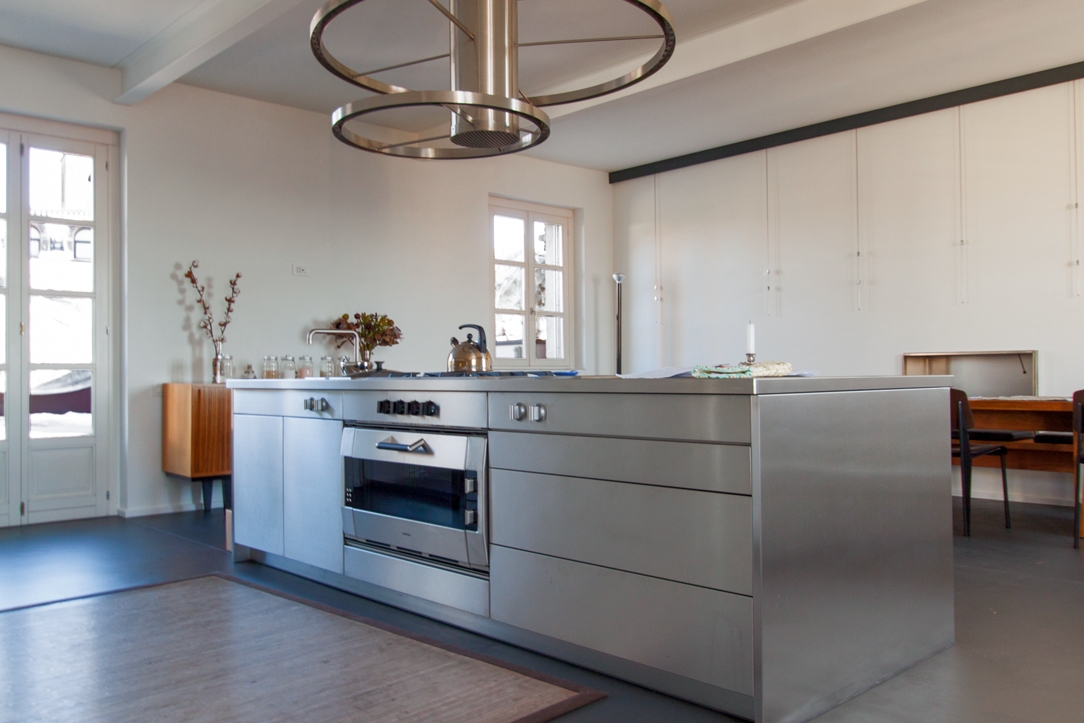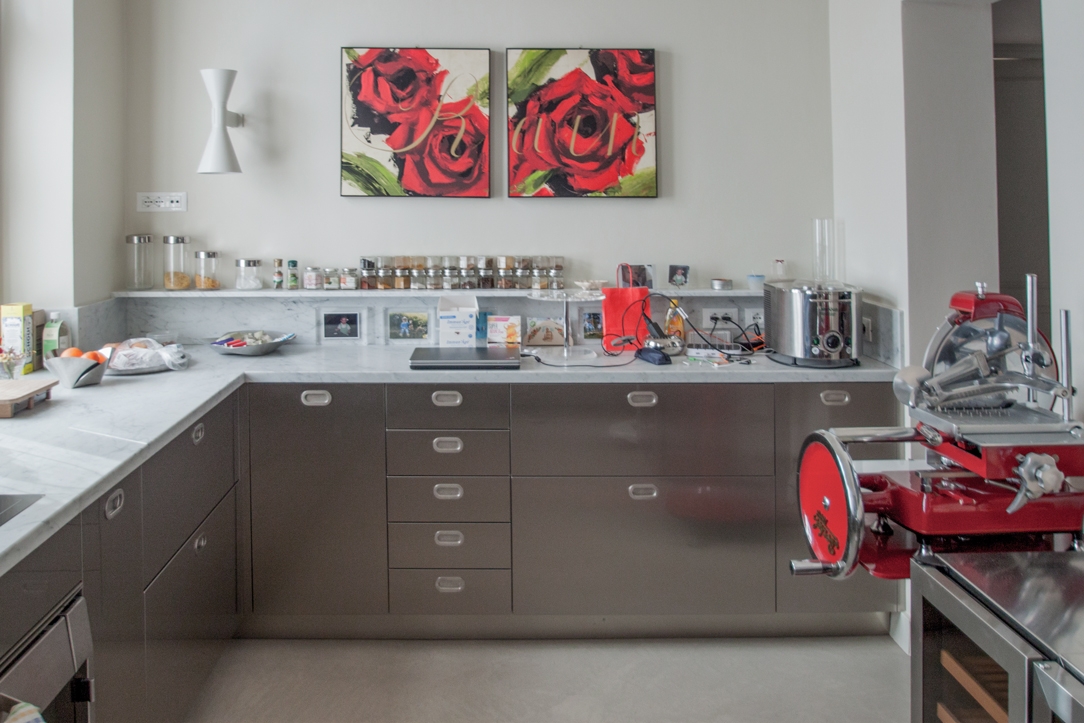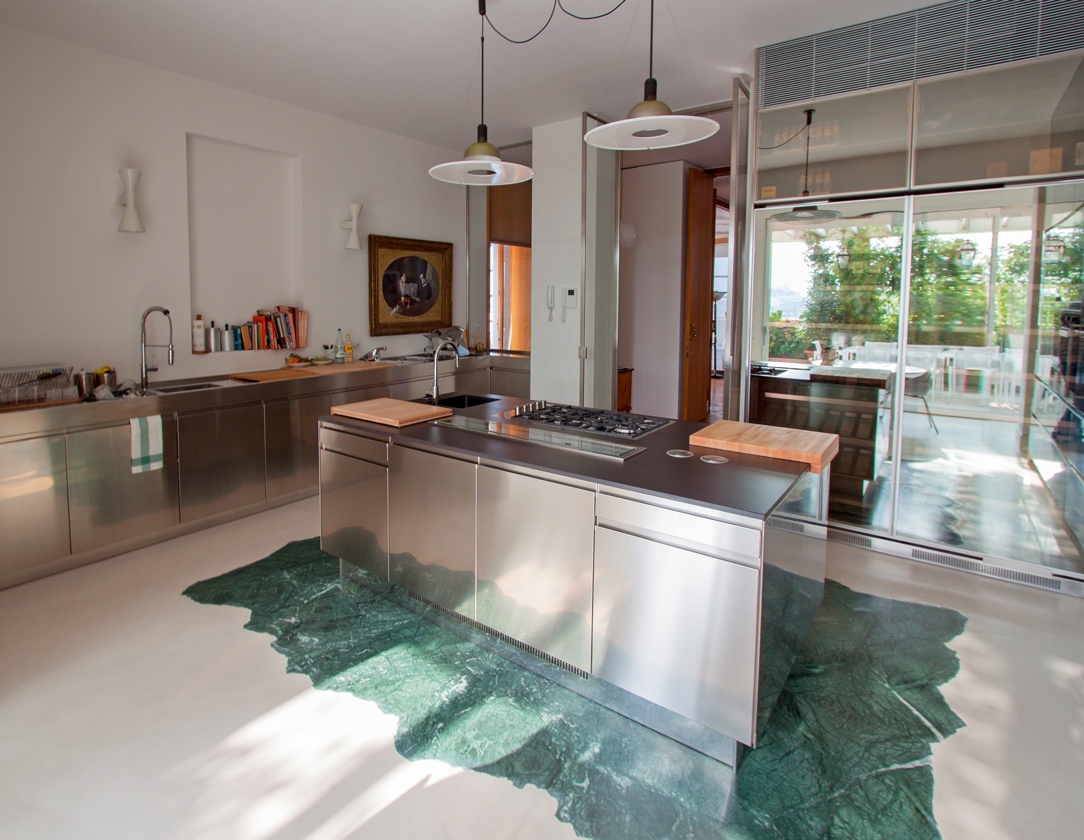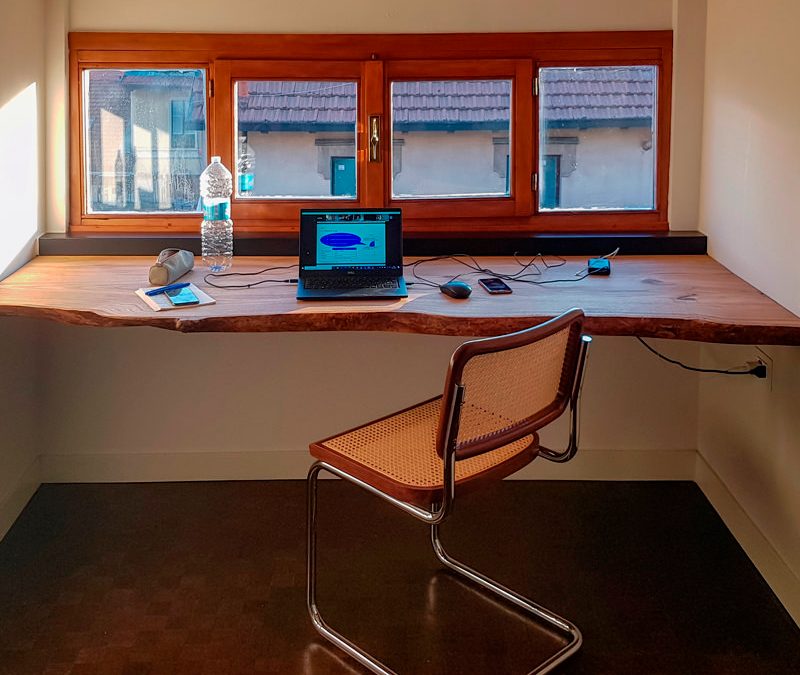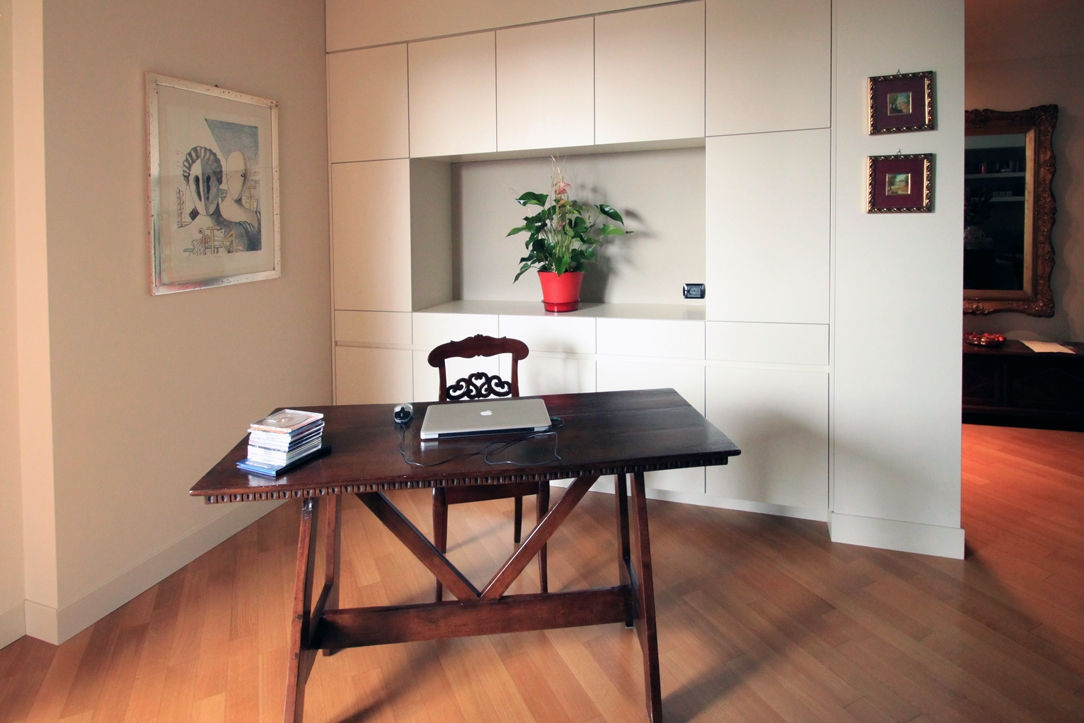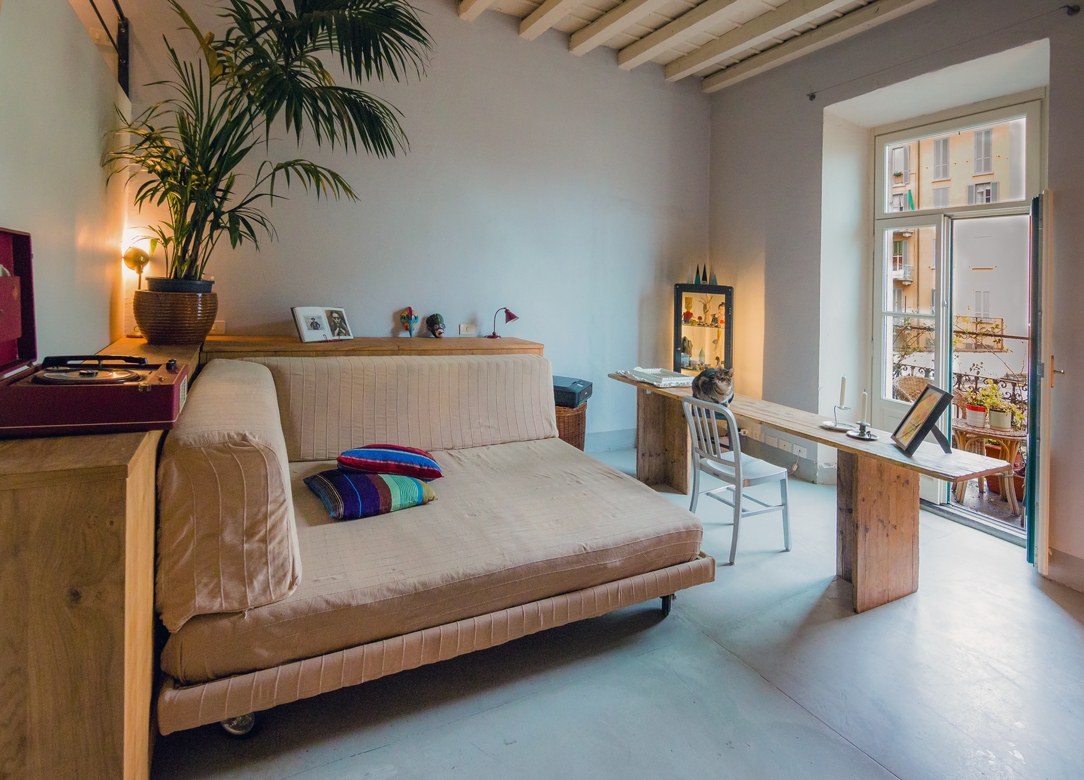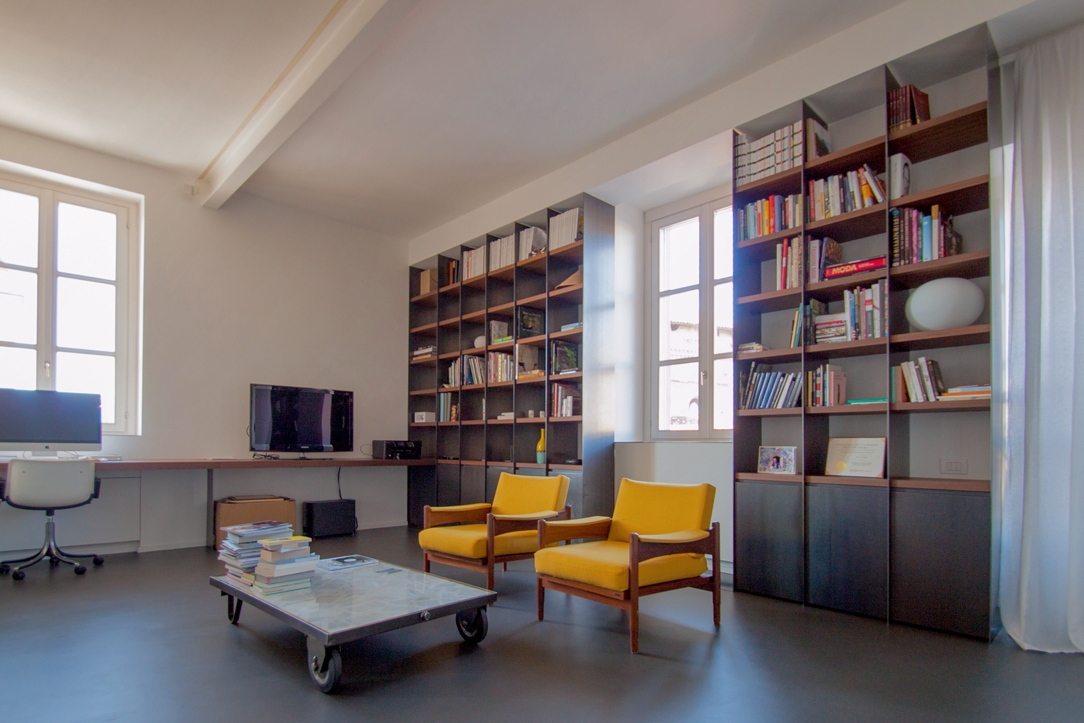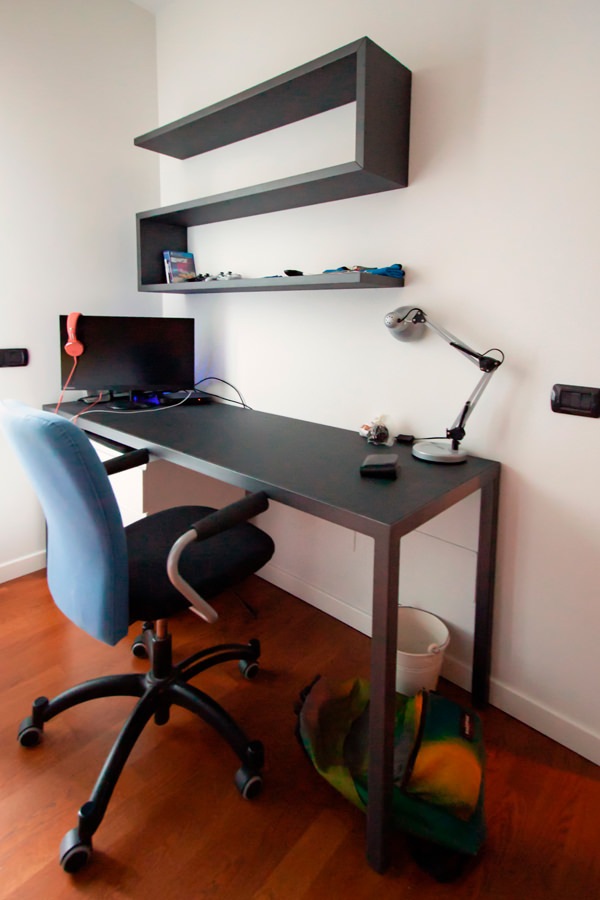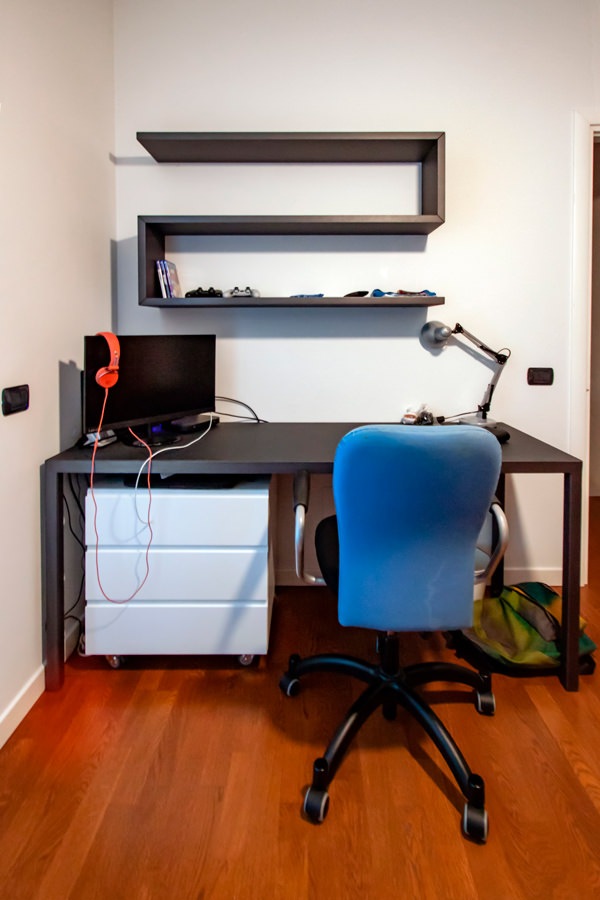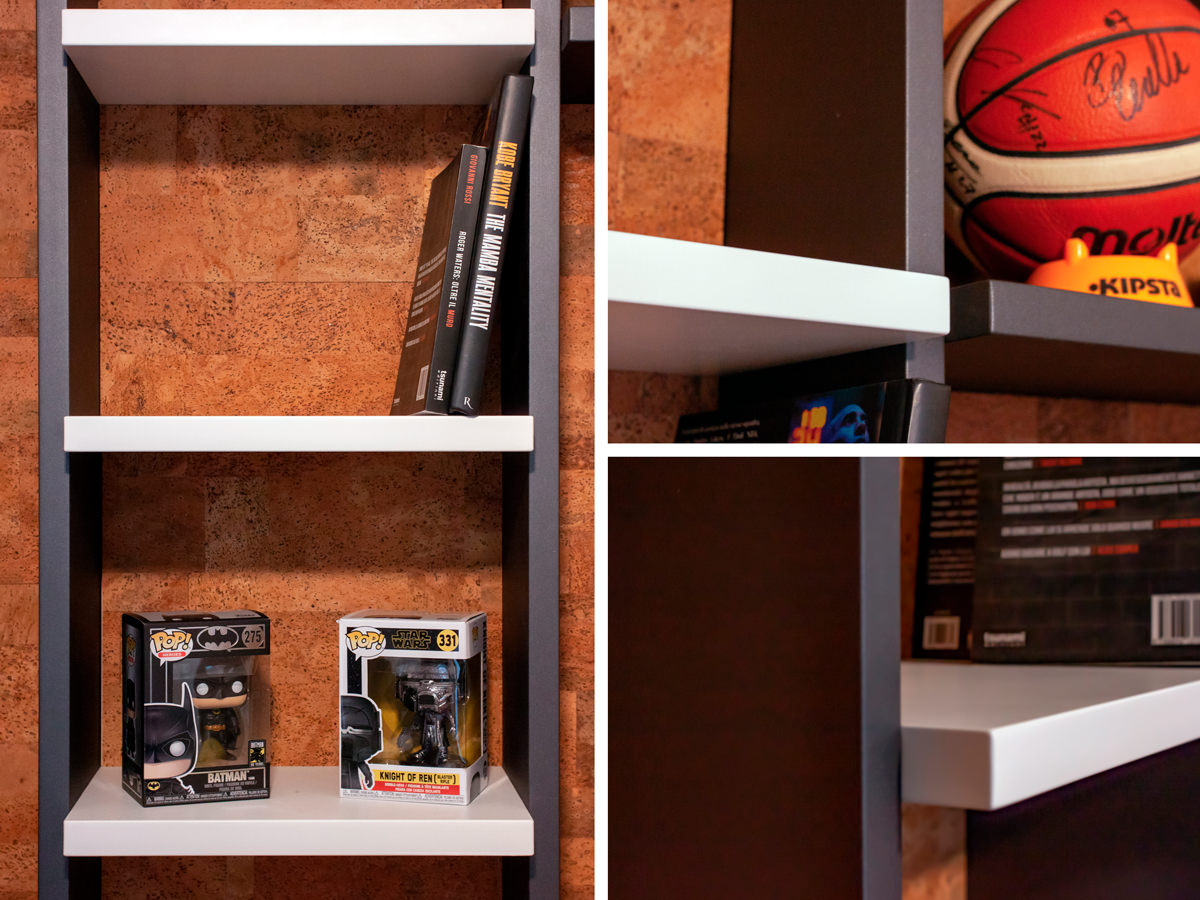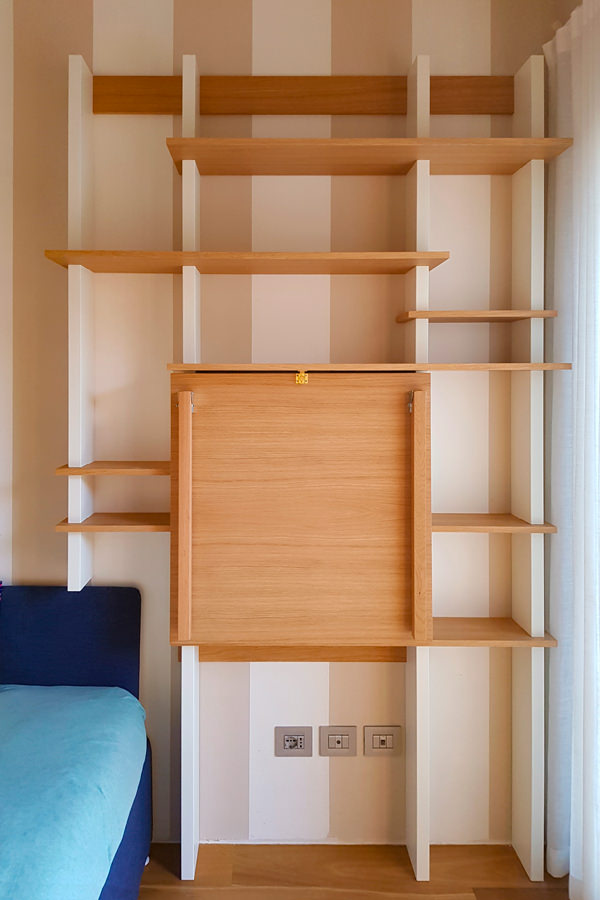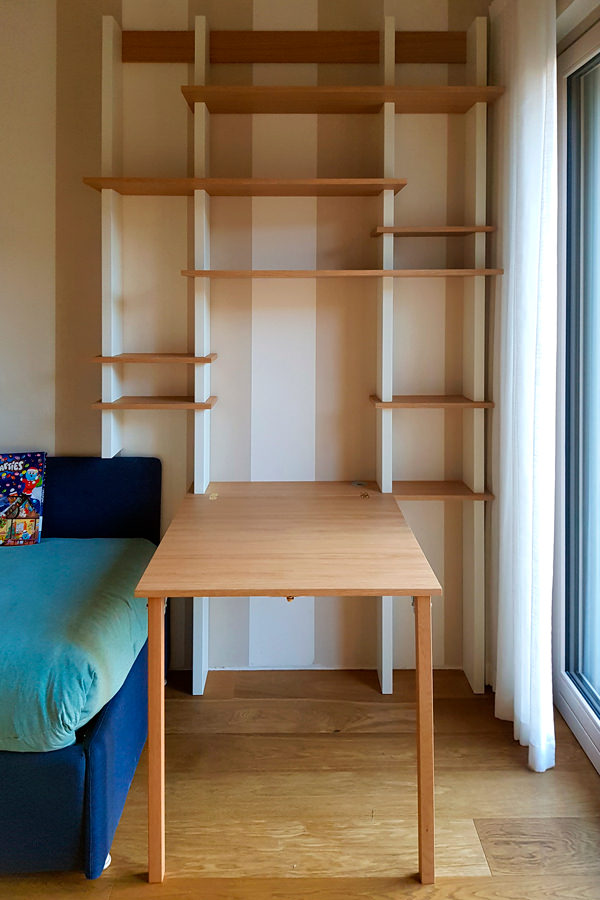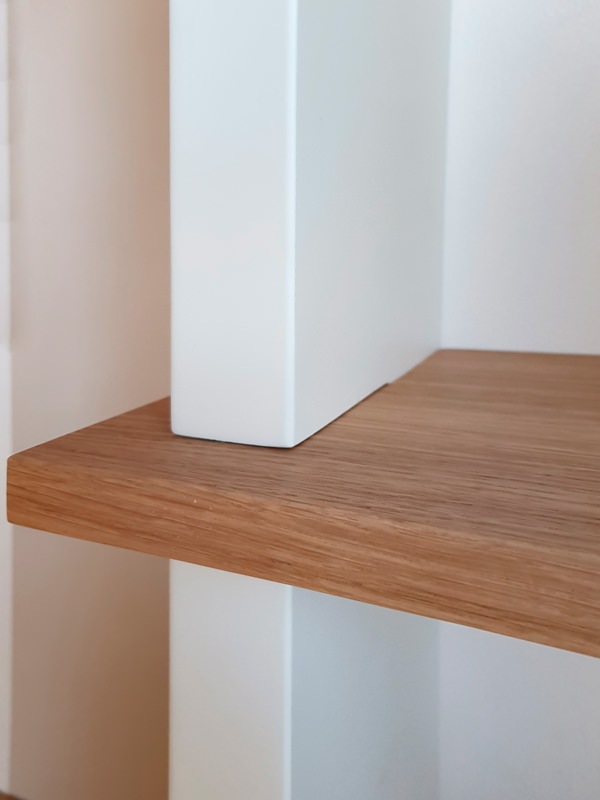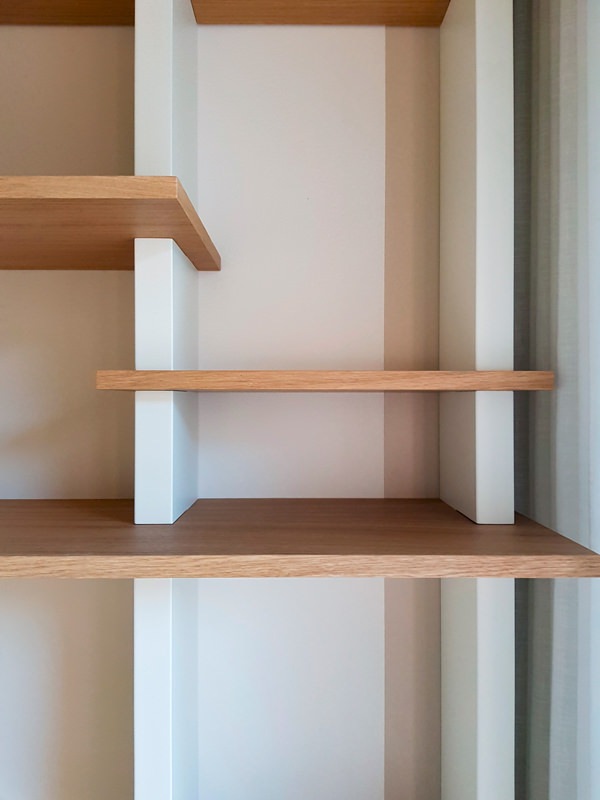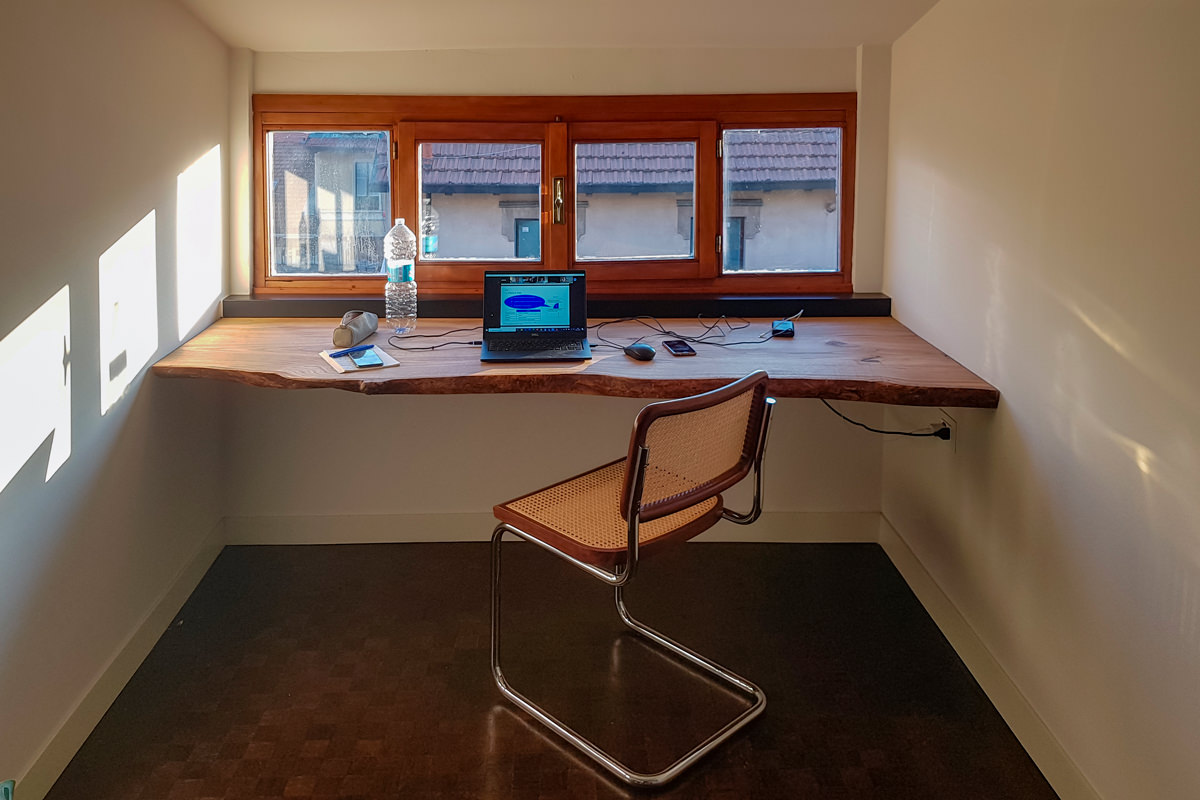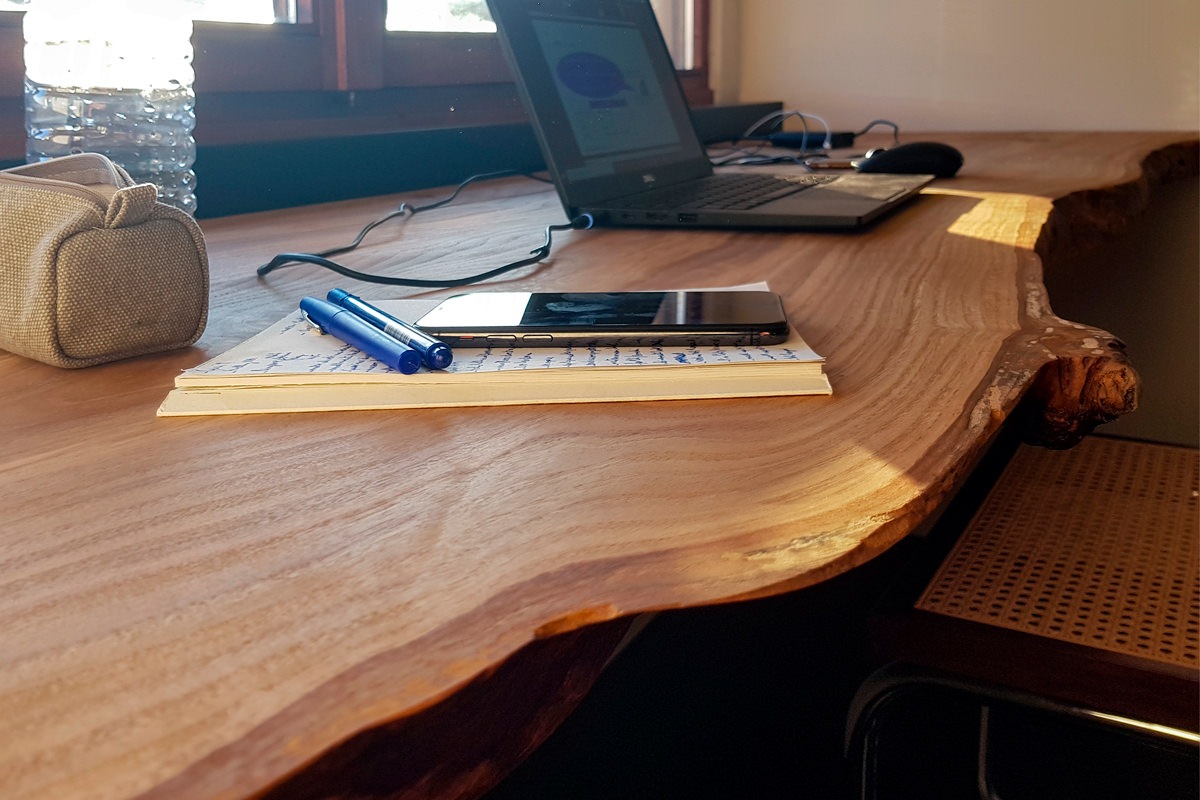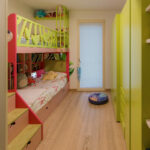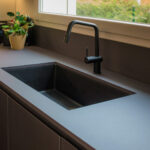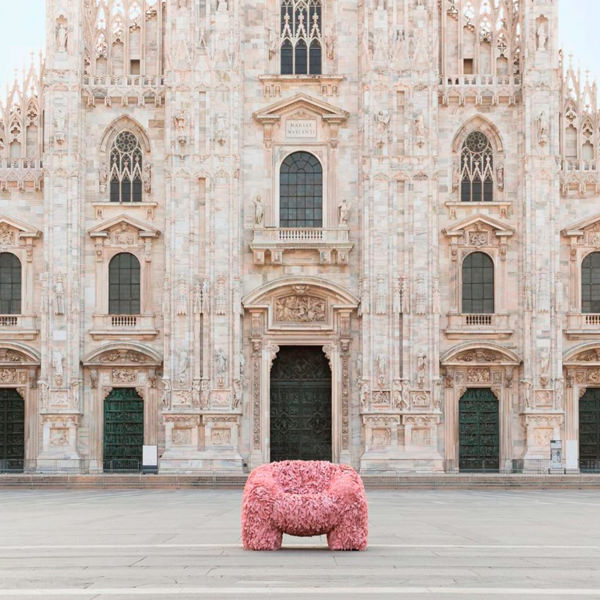
Digital Design Week 2021: our selection and thoughts
The 2021 edition of Digital Design Week has just ended on digital platforms, with the hope of seeing taken the traditional version on place in September.
The Salone del Mobile makes Milan the undisputed protagonist in the world of contemporary design, turning the spotlight on new projects, cutting-edge proposals and events capable of enhancing Italian “know-how” but also its international contamination.
We at Modulor also remotely participated in the rich schedule of talks and webinars offered on the main digital platforms … here are some of our thoughts!
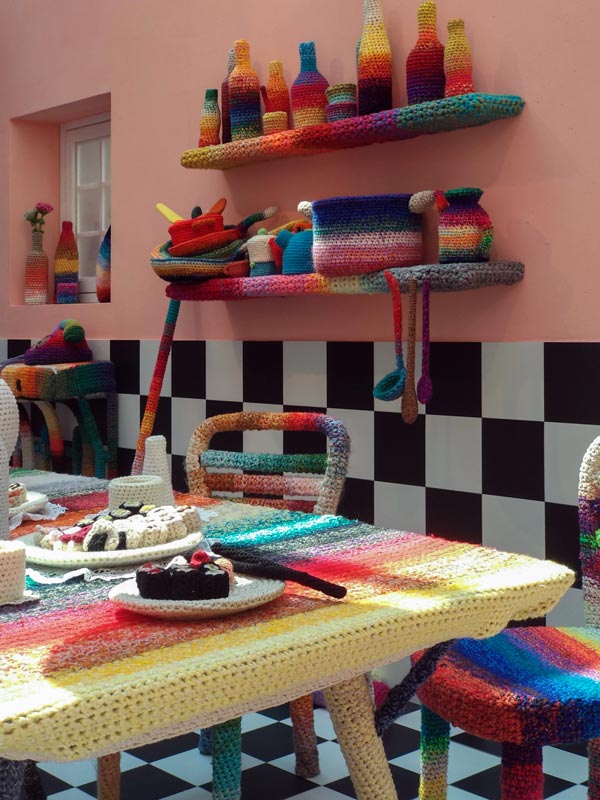
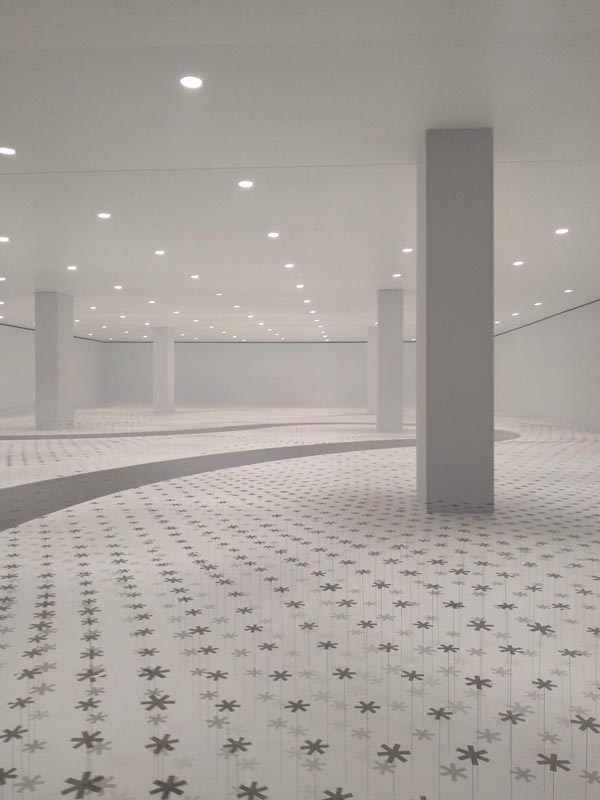
Outfitting of Fuorisalone during its 2019th edition: on the left the installation “Home sweet home” by Missoni in Via Solferino. On the right Nendo in “Breeze of light”
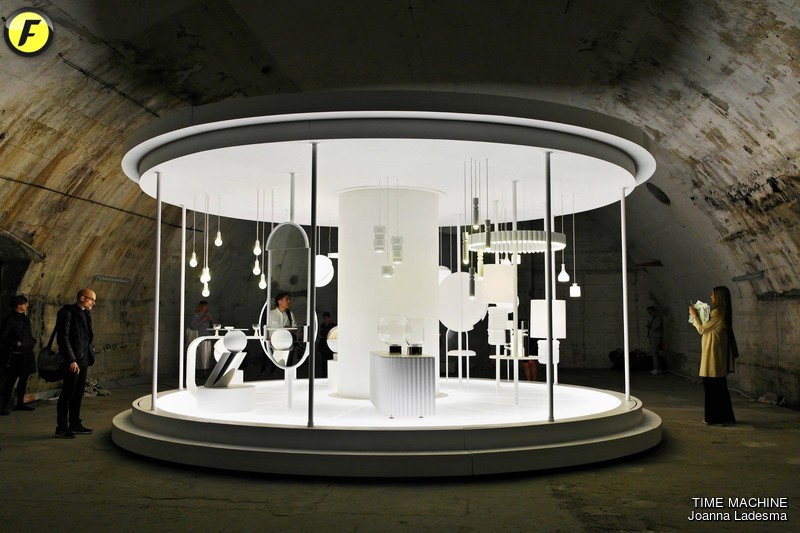
Time Machine, the installation durinf Fuorisalone 2017 in the new design district of Ventura Centrale
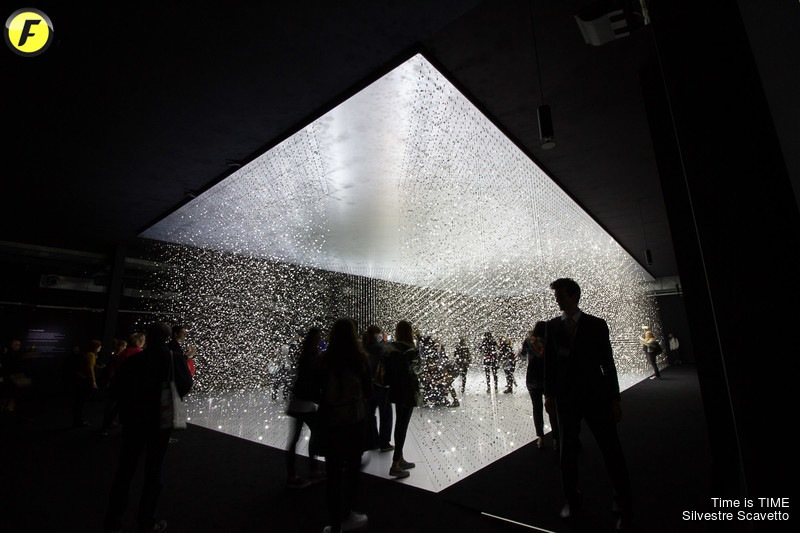
Time is time, an immersive environmet setted in the Superstudio’s place during the 2016 Design Week, focused on the theme of time
Salone del Mobile and Fuorisalone: Milan the capital of design
It seems centuries have passed since Milan, in the central weeks of April, was filled with international tourists, young emerging designers, professionals hunting for innovative proposals and university students eager for events and new product launches.
From the design enthusiast, to the sector’s professional, to the simple citizen who loves social life: the week of the Salone del Mobile has always managed to capture everyone’s interests.
One of the few events able to involve such a large audience as to transform Milan into a great “design community”.
Impossible to walk along the streets of the county seat during those days and not be involved in the beating heart of the Design Week.
Colorful graphics that identify the various districts, art installations and advertising banners with pieces of furniture just launched on the market reach every corner of the city.
The professional variant of the Salone del Mobile, in the huge spaces of Rho Fiera and even more its Fuorisalone organized in ever-changing design areas now seem an old memory. Two realities that over the years have known such success that they have become distinct entities, each with its own target audience.
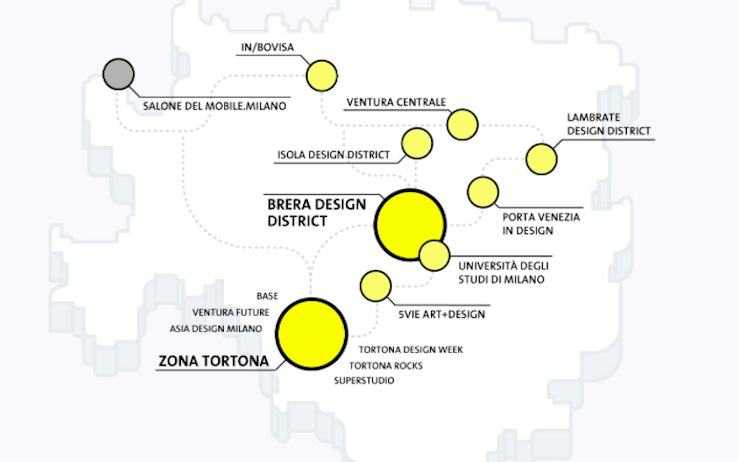
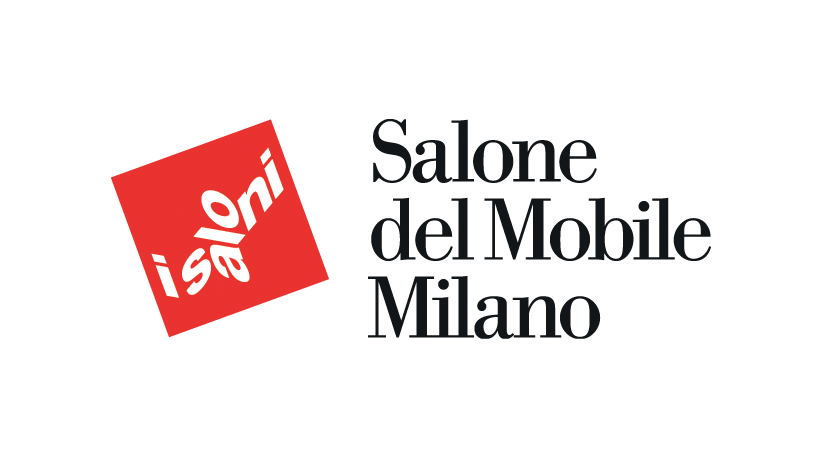
Fuorisalone, the design districts map of the 2019 edition.
On the right, the official logo of Salone del Mobile.
Digital Design Week: what is it and what changes does it make to the traditional version?
The cancellation of last year due to the health emergency and its uncertain future also for the 2021 version did not, however, stop the creativity of Design Week. The 2020 edition of the Design Week had already moved to digital channels, meeting the approval and involvement of both the realities that make it up.
Salone del Mobile and Fuorisalone never as today find themselves in dialogue with each other to create a rich schedule of events.
Talks, webinars and reflections on what it means making design nowadays and on the various facets of this world. The stringent safety restrictions have also completely revolutionized the methodology for presenting new products. Physical presence is now too restrictive a possibility, so naturally the attention shifts to the digital world. In order not to stop the great design machine, the realities that have always accompanied the traditional edition of Milan Design Week have organized a digital version. Digital Design Week 2021 took place on the web platforms of Interni (historic magazine associated with the week of the Salone), Fuorisalone and Ad Italia. From 12th to 19th of April, a series of talks involving professional figures took place. From the world of furniture, to architecture, but also literature, technology, art and craftsmanship, opinions and reflections are exchanged on the contemporary themes that drive design. Furthermore, in the specific case of Interni, its version continued until 23th April, with a fixed evening appointment scheduled for 6.30 pm in streaming.
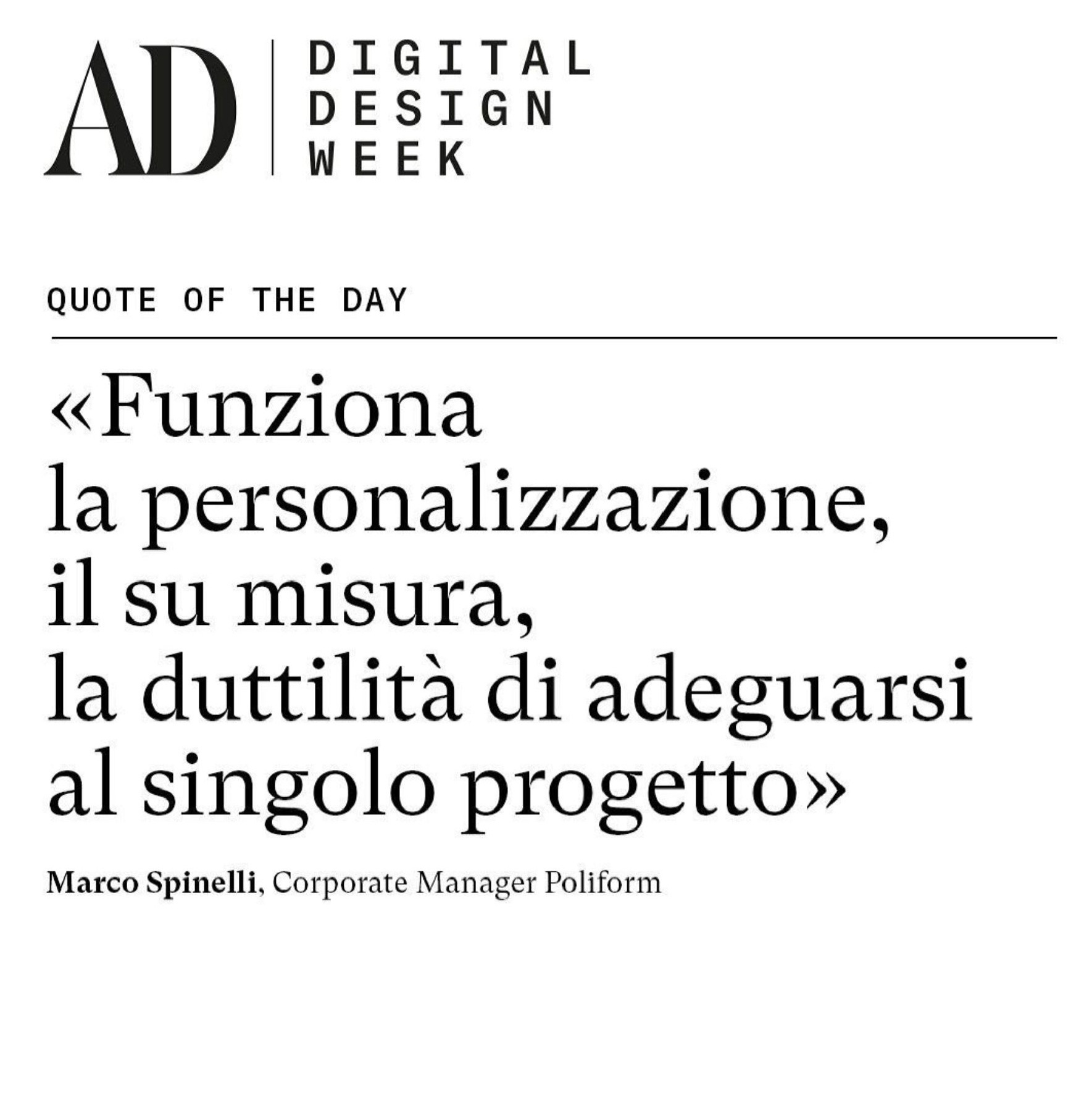
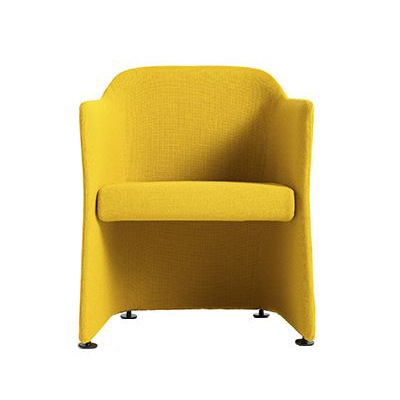
A Marco Spinelli quote, shared on social pages of AD Italy that underlines the importance of “custom-made”.
On the right: San Siro seat, designed by Jasper Morrison for Cappellini and launched during the Digital Design Week 2021
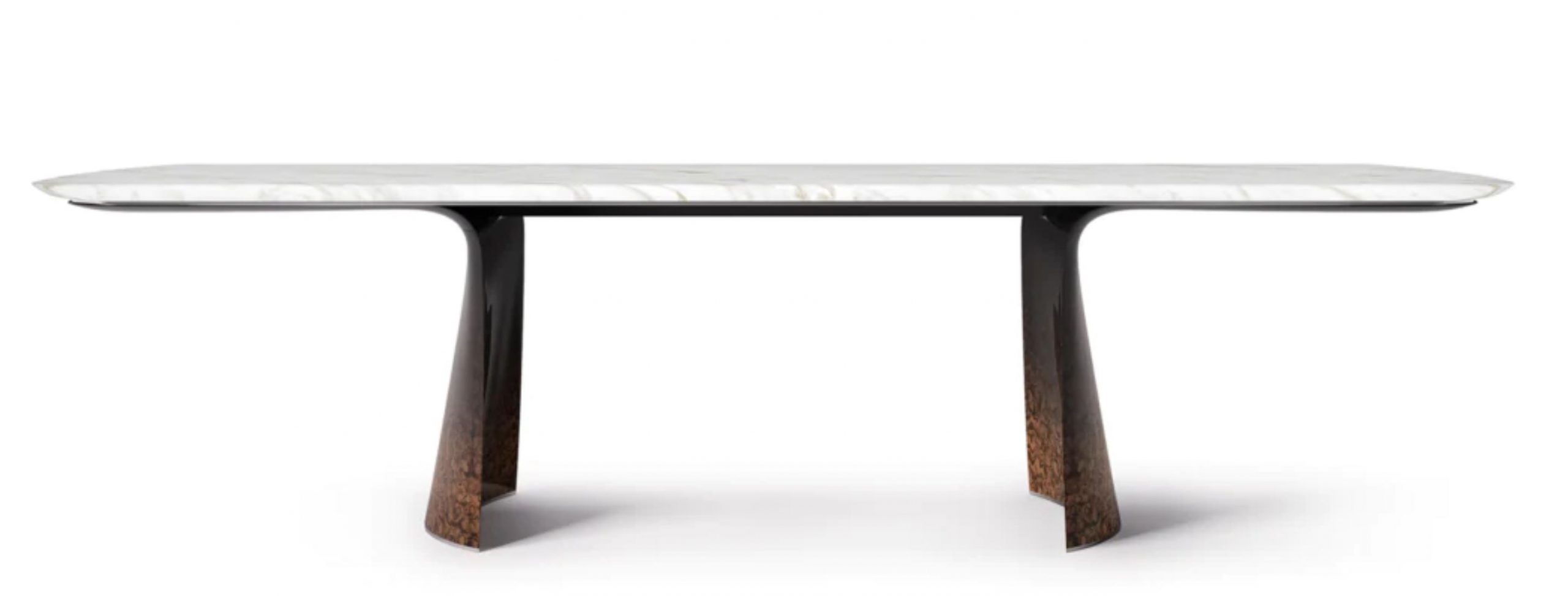
Aldford table by Bentley Home – Luxury Living Group disegned by LLG Creative Team
Smartworking and a new perception of the domestic environment
Undoubtedly a contemporary theme during this Digital Design Week was the introduction of the concept of smartworking and the new domesticity.
We at Modulor have already addressed this issue, also bringing design examples from the previous months.
In this regard, the interpretation proposed by Lara Facchinetti, HR Manager of Zamperla, in the “Study” chapter of the laboratory proposed by Strategy Innovation is interesting. The theme of reflection shifts to the hybridization between work from home and office life, noting how the best working condition derives from the integration of both.
If before the working world and the private sphere were very distinct areas of our daily life, now it often happens during an online conference to witness small “intrusions”. Children intrigued by the screen and pets who have run away from their places become actors of a connection that is not only conceptual, but also physical and visual. With this in mind, the best productivity is achieved by being able to take advantage of both work contexts.
The home is identified as the environment of concentration, where one can isolate oneself from colleagues, and the office is instead an environment of sharing.
What is missing during smartworking are in fact the impromptu meetings and the brainstorming process that spontaneously arise during a coffee break.
Linked to the new needs of spatial reconfiguration, as also confirmed by our experience, the change in the perception of the working space opens in parallel.
In this regard, it is interesting to report the point of view of Marco Roversi, colleague specialized in the design of custom-made furnishings in the contract sector. In fact, if the reconfiguration of the home environment is often restrictive, and bound to changes that are not too intrusive, the workspace undergoes a radical change. It is rethought in its basic setting, making flexibility its founding feature.
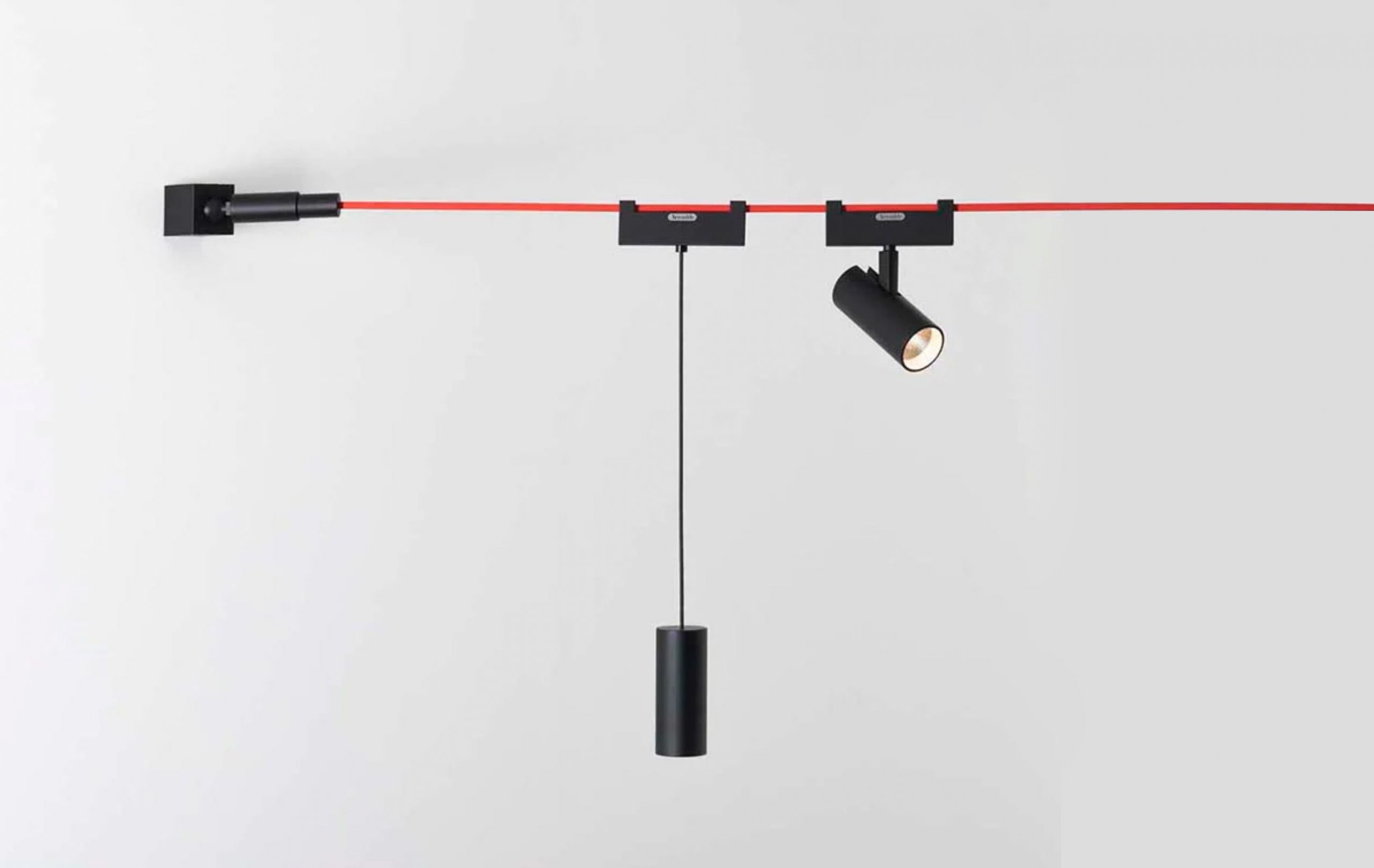
Funivia, sunspended lighting design by Carlotta Bevilacqua for Artmide
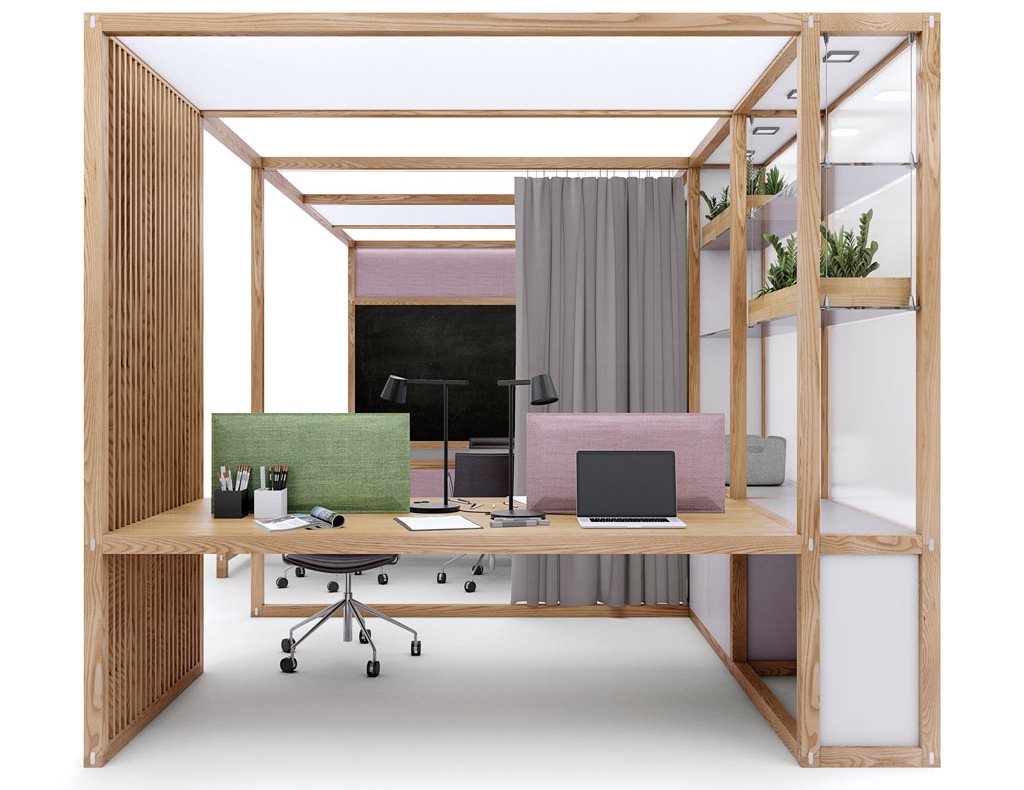
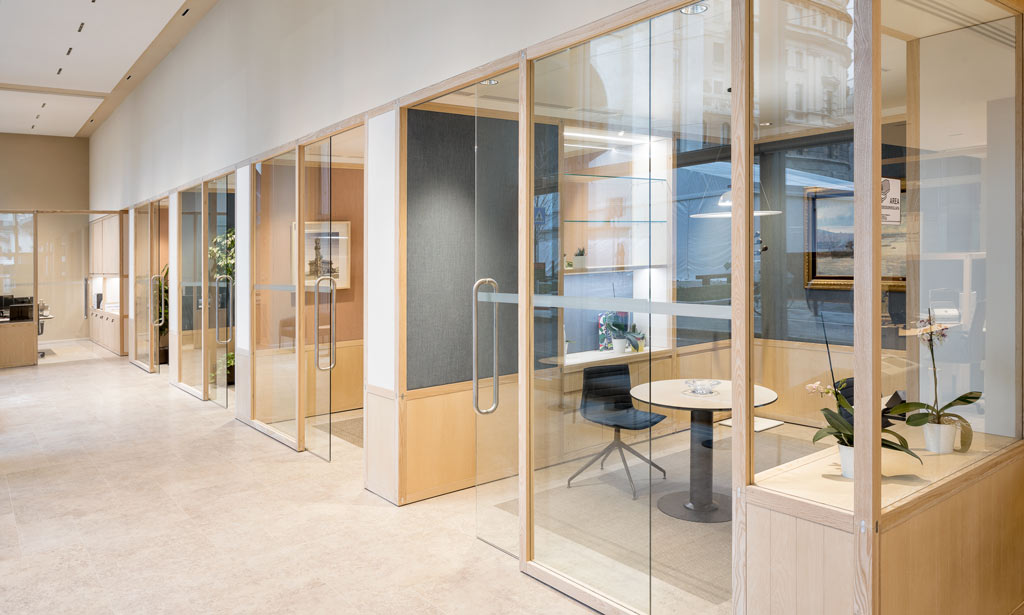
6x6the modular system for office designed by Roversi
The reinterpretation of system engineering components
The continuous search for flexibility in the working place brings the contract further closer to the world of retail, used to constant changes.
The design of the architectural component then becomes a fundamental point to guarantee infinite spatial configurations.
As in the case of white boxes for the retail world, the system engineering component is reinterpreted now more than ever for its aesthetic impact.
A great example is certainly the design thinking of Davide Groppi during the talk “Living the work space” proposed by Lombardini22. The vision of the internationally renowned designer is precisely linked to the flexibility of light, which is released from the electrical system to which it belongs.
The solutions proposed over the years by the designer himself have always been designed with the desire to make light free from pre-existing plant constraints.
Providing the right light does not only mean allowing you to see the space but also to feel it.
A setting that becomes more and more scenographic with a design work that becomes a work of elegance.
The second example is the series of projects brought by architect Duccio Grassi during the talk Design beyond Matter.
A relationship between the architectural and system design components that goes beyond the level of necessity to become a project integration with the aesthetic vision.
Another issue connected to the relationship between structural needs and project flexibility is that of the exploitation of interstices, the so-called architecture in between. We have recently analyzed the potential of designing functional furniture capable of optimizing spaces and therefore we fully share the reflections of Daniele Lago, founder of the well-known mass-production furniture company.
The in-between is not only a domestic environment design issue but also a metaphor for the relationship between the brand and its community.
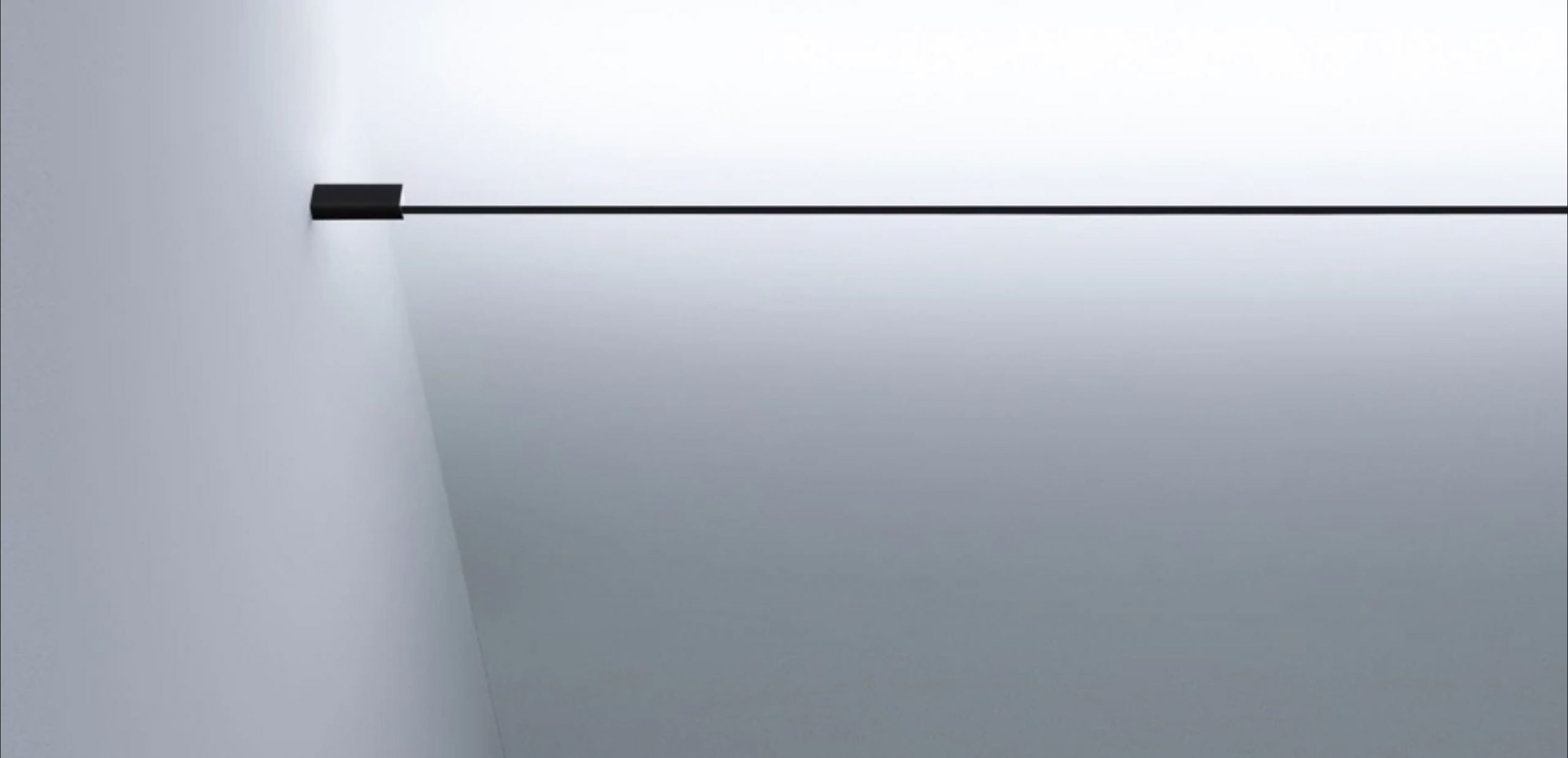
Infinito, Davide Groppi
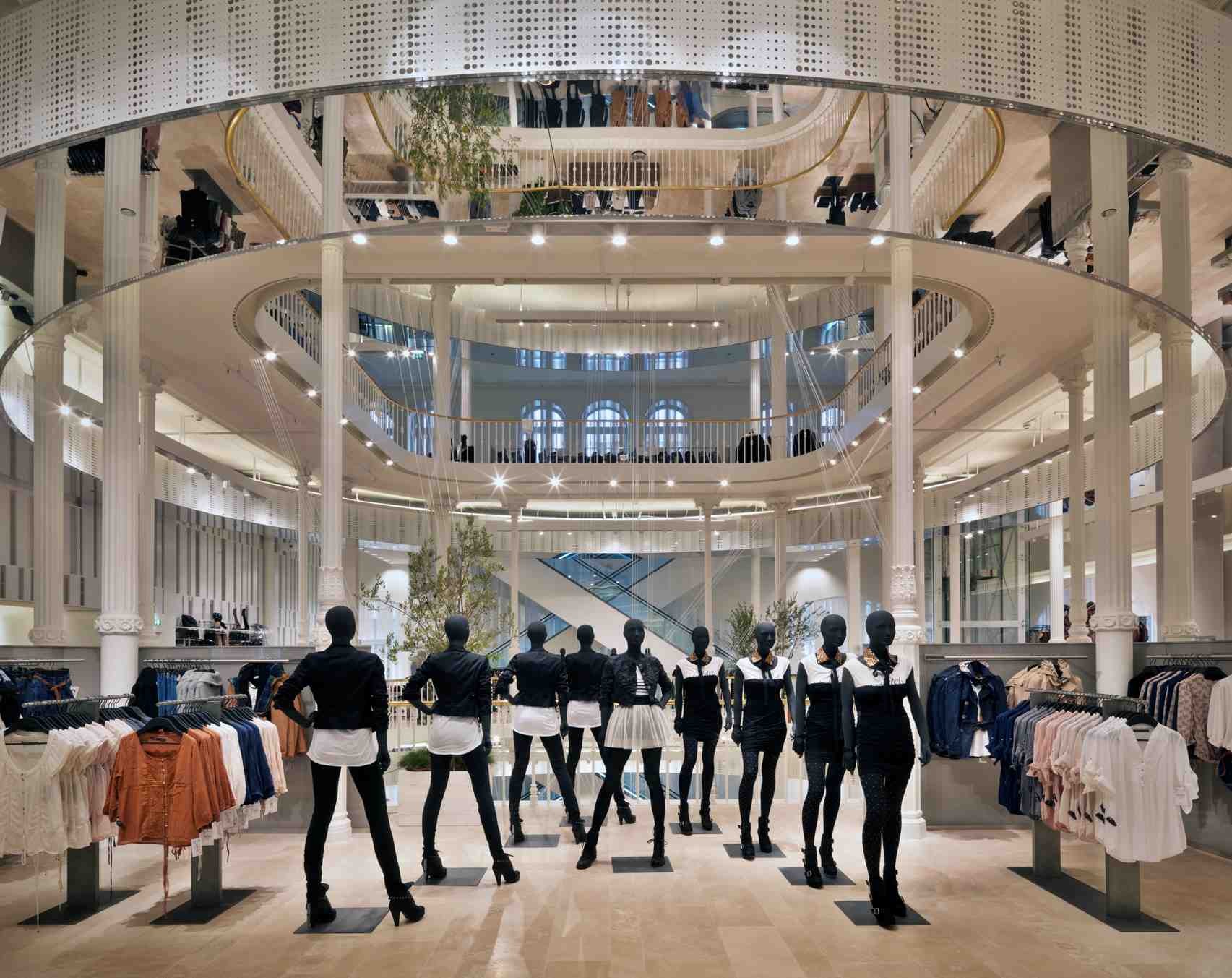
Zara Rome, Duccio Grassi Architects.
Engeneering system and outfitting matches in a design element which disappear in the environment.
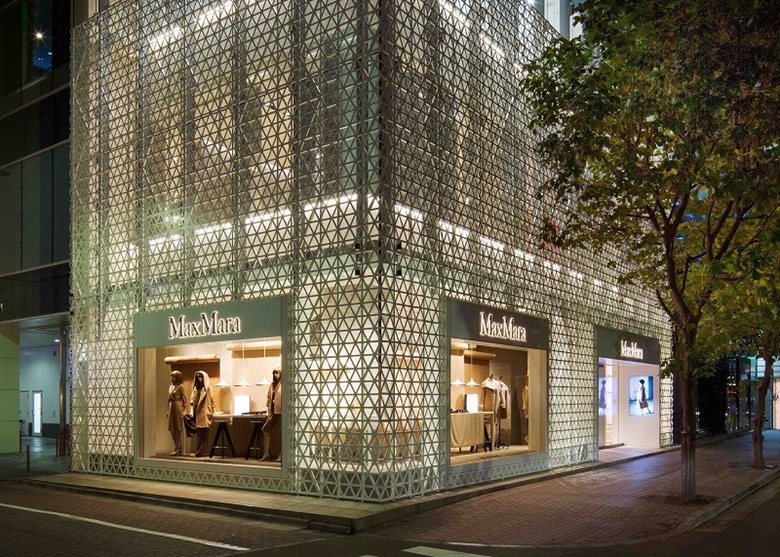
Max Mara Tokyo Ginza Home, Duccio Grassi Architects
Sustainability and environmental impact: visions related to design
Perhaps one of the most inflated issues in recent years is certainly linked to sustainability and environmental impact.
Countless could be the visions and projects that make it the flag carrier.
From the world of design, the theme of the circular economy directly moves to the productive world, finding infinite results.
But what does it actually mean to be sustainable today?
Producing using recycled material is not always the ultimate solution. In fact, it is necessary to put the entire life cycle of the furnishings on the scales and consider their environmental impact over the years.
Here then is that the word “recycling” appears several times during this Digital Design Week.
The architect and designer Paola Navone brings her vision of recycled objects as a series of handmade products obtained from processing waste.
A vision that wants to break the mold by bringing color and joy into the projects, managing to enhance what is the local craftsmanship.
Giuseppe Pedrali, CEO of the homonymous company from Bergamo, also focuses on the regulatory aspect of sustainability.
“Being sustainable” has now become the common motto of various manufacturing companies, but how many of them actually focus on the certifications that can officially certify this characteristic? Are the production processes actually controlled and designed in order to reduce waste and affect the environment as little as possible?
Ico Migliore, architect of Migliore + Servetto, underlines how the issue of sustainability is not only linked to materials but to user behavior.
Of all the thoughts analyzed, the one that we at Modulor certainly fully embrace is the one proposed by the architect and designer Piero Lissoni during the conversation “Everything is a project” available on AD Italy.
Sustainability consists in designing furniture that can last over time
What does it mean to design nowadays? How to emerge within an increasingly large market?
We share once again the words of Piero Lissoni as the fulcrum and summary of this Digital Design Week.
The world of design now looks worldwide, what allows it to be valued is high quality and knowing how to maintain and preserve the “craftsmanship”.
While knowing the relationship to the increasingly frequent technology and the world of the intangible, it is essential to recognize the wealth offered by craftsmanship. The new model of craftsmanship, although it has lost some qualities transmitted over the years, meets new possibilities.
Knowing how to relate the ability to use hands, touch materials and interpret them with incredible technologies is the design of the future.
A less drawn and more product design. Although the very term “design” or industrial design, it would seem to live in the opposite of the concept of craftsmanship, the conjunction of these worlds is the real innovative key for the future of interior design.
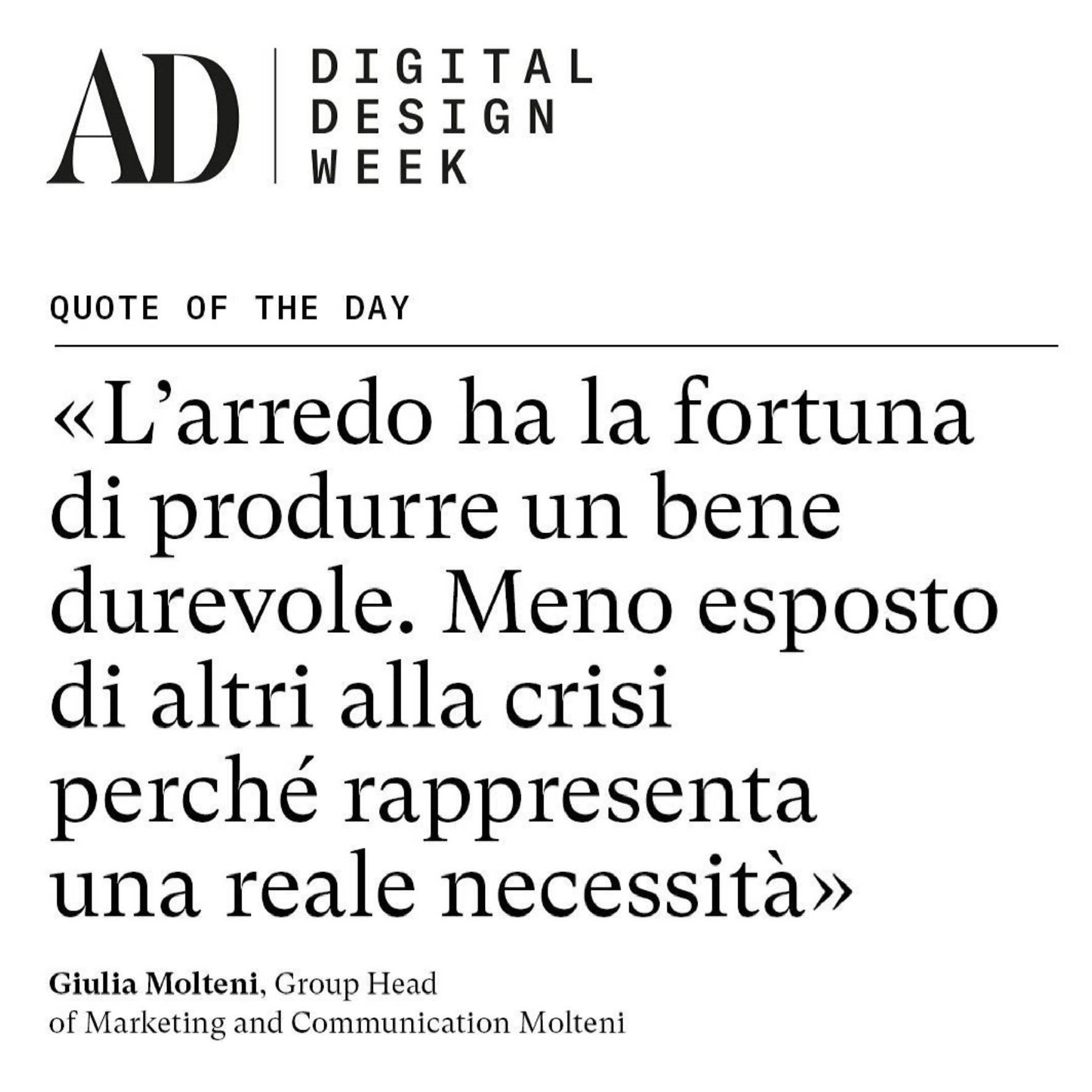
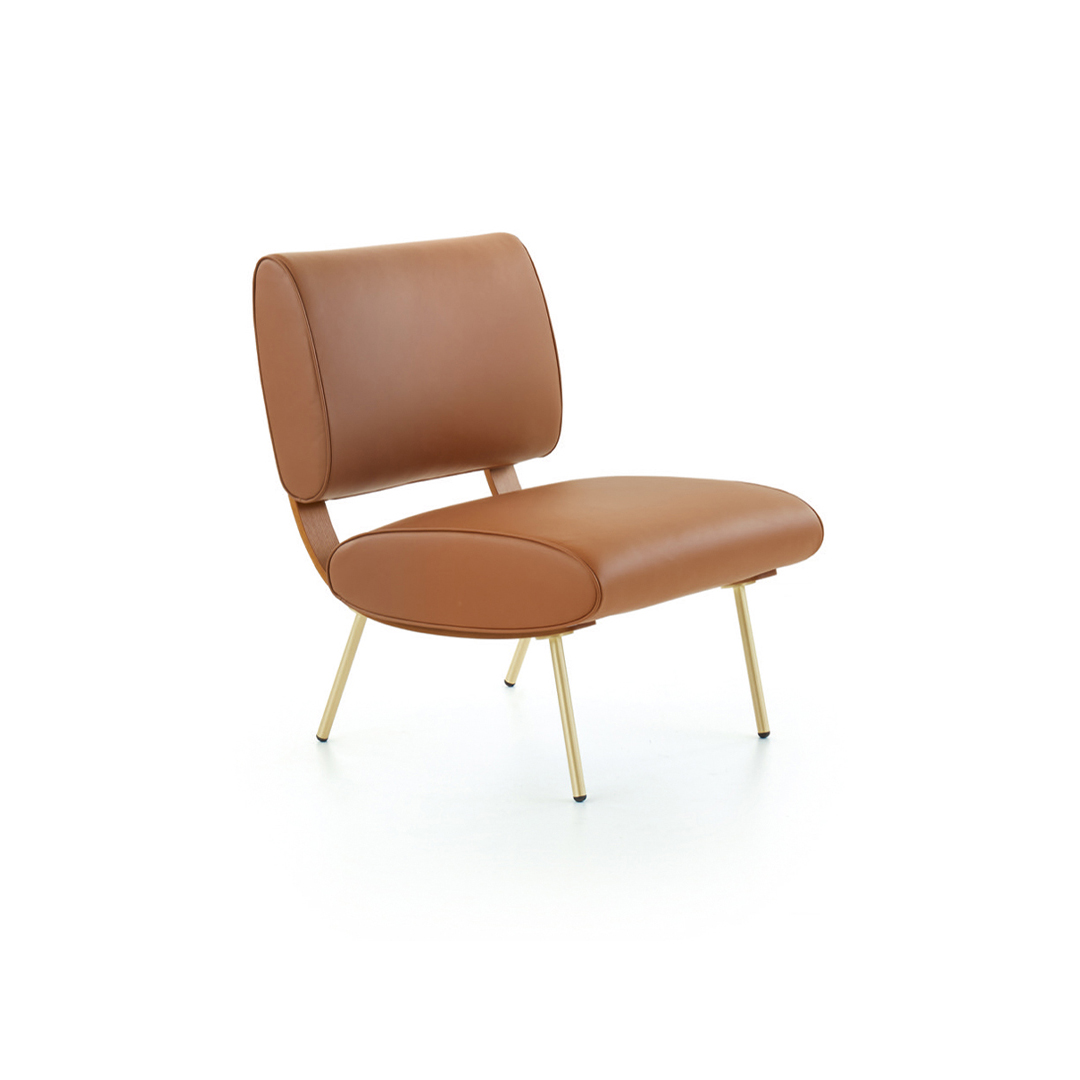
Round D.154.5, the historic armchair designed by Gio Ponti and reinterpreted in a contemporary way by Molteni & Co
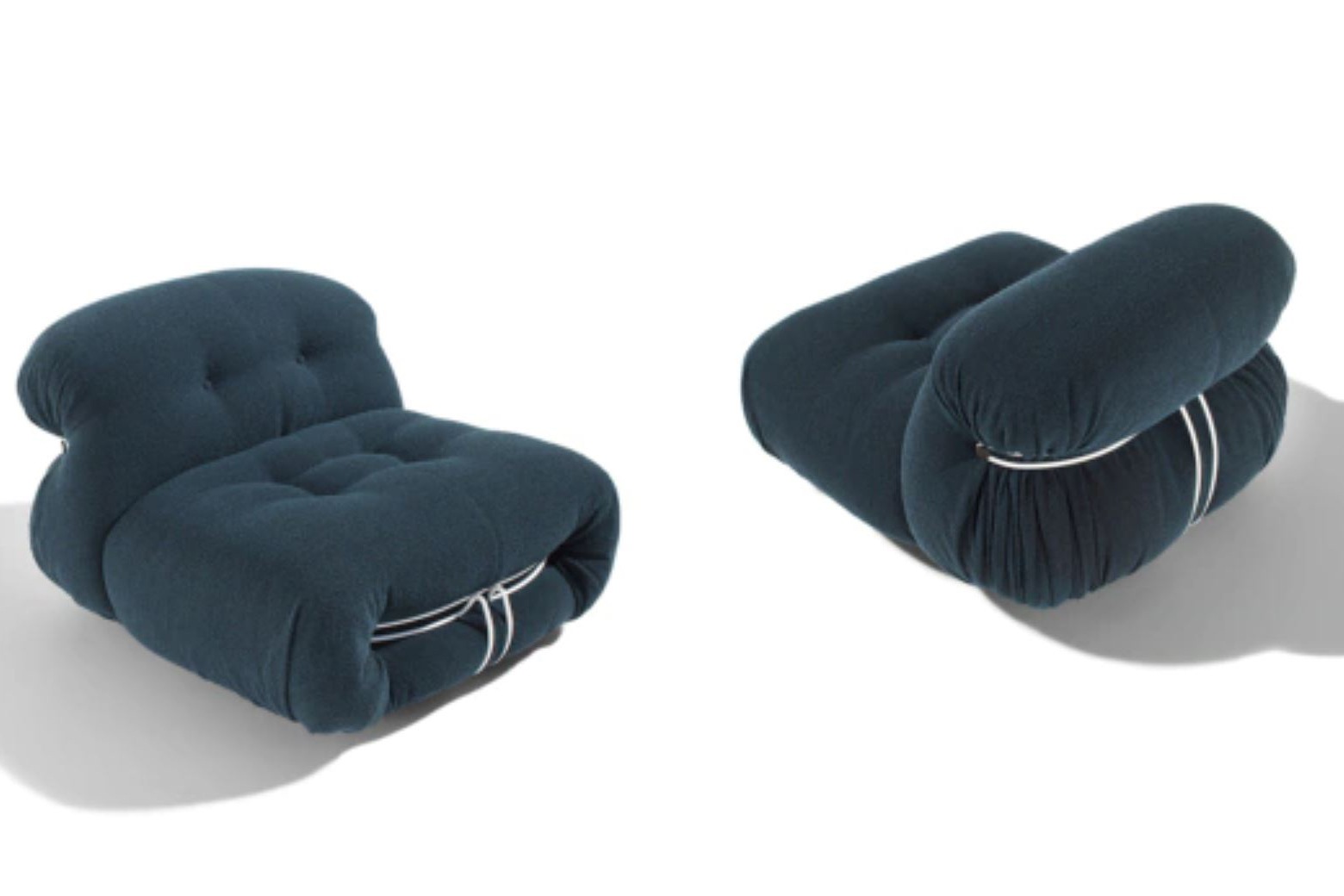
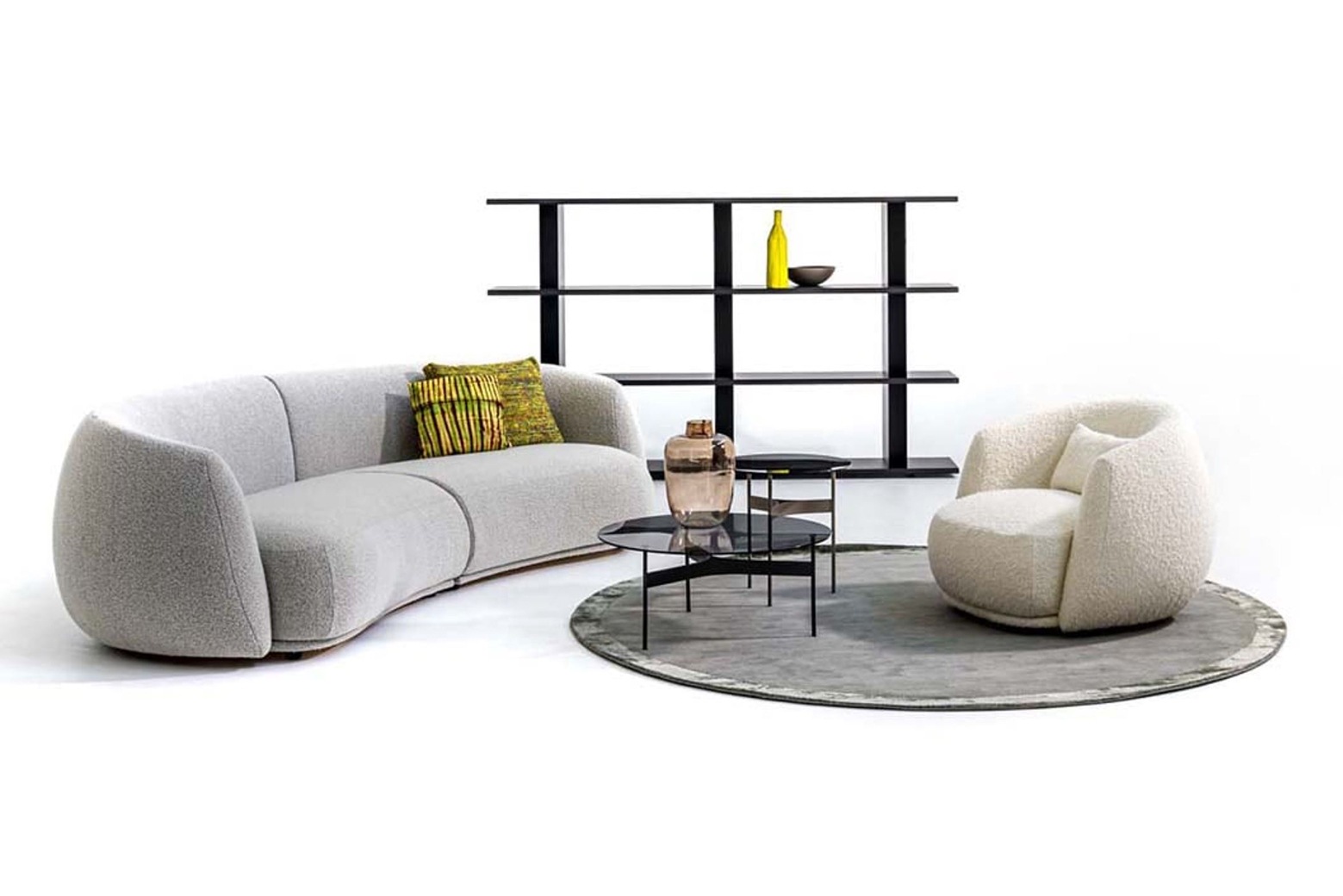
Soriana, Afra and Tobia Scarpa forCassina
On the right: Pacific,the new collection signed Patricia Urquiola for Moroso
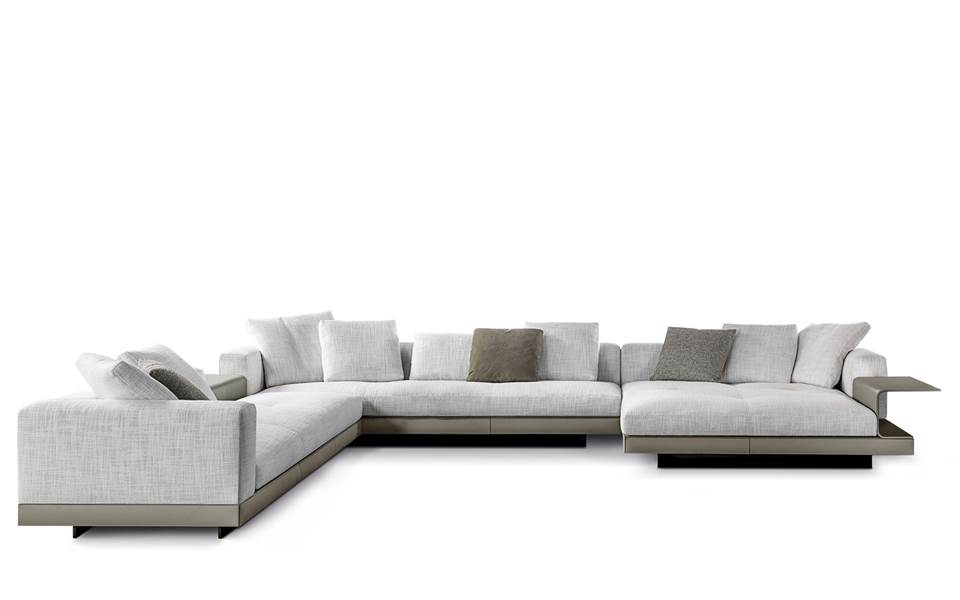
The Connery seating system designed by Rodolfo Dordoni for Minotti

